Hi ! We hope this site helps you! ٩(ˊᗜˋ*)و As an Amazon Associate, we earn from qualifying purchases without additional cost. Click to read more about our Privacy Policy or Affiliate Disclosure
Katakana is the twin brother of Hiragana whom have the exact same pronounciation, but with a different shape and have a few special rules that are different than Hiragana. Make sure you have master Hiragana before learning Katakana. If you’re ready, then
Use links below to easily navigate through the materials
• Vowels
• Ka, Ki, Ku, Ke and Ko
• Sa, Shi, Su, Se and So
• Ta, Chi, Tsu, Te and To
• Na, Ni, Nu, Ne and No
• Ha, Hi, Fu, He and Ho
• Ma, Mi, Mu, Me and Mo
• Ya, Yu, Yo, Wa, Wo and N
• Quick Summary
• Tips to differentiate similar hiragana shape
As explained in our post about Japanese writing system, Katakana is mostly used for imported/foreign words directly used in Japanese. Other than that, Katakana is also used for Plants/Animals name, sound effect, animal sound/cry, foreign names, etc. Note that although a lot of Katakana words come from English, not all words is English words,you might even find some Japanese words that is being written in katakana to look more catchy/easy to distinguished.
Katakana is also a bit tougher than his brother Hiragana! Not because of the shape (using this guide here you will be able to master the shape in no time!). But because the way Japanese spelled the imported words is kinda unique. A simple word such tomato is still TO MA TO. Or words such as black become BU RA KKU is still understandable. But some other words such as buildings, get spelled as BI RU (somehow it get abbreviated in a way that foreign might not understand). So sometimes even though you can read the words and it’s comes from English, you cannot simply guess what the meaning of the word is!!

Check out the sample words below
Can you guess what each word means?
1. BA NA NA
2. WA I TO
3. GUU DO
4. KYA N SE RU
5. PU RO JE KU TO
6. NOO SU SA I DO
So that is the hard part of Katakana. But personally, I don’t want to say Katakana is hard… Katakana isn’t hard, it’s just MYSTERIOUS! It’s like how you need to guess what your baby/pets want from you~ Or like how a man doesn’t understand how women’s mind works!
Yes, once again, KATAKANA is not hard, it’s just MYSTERIOUS…and blocky
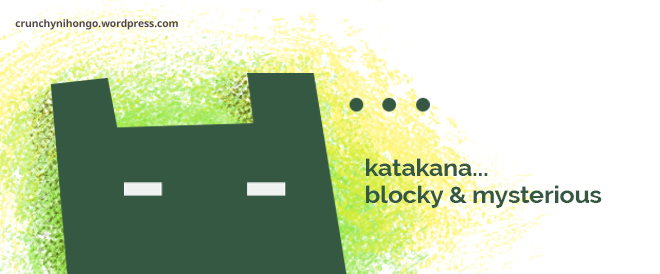
So, what to do? Although you can try to guess how to spell the katakana version of some English words, it’s best and easiest to just learn how Japanese spell them and memorize it. Since basically the way they spelled it is sometimes very unpredictable.
You can skip Katakana
If you’re just starting to learn Japanese, you can skip Katakana if you’d like. Because it’s more important to learn basic grammar first such as particle, sentence structure, memorize some basic Japanese vocab, etc. After you’re comfortable with Japanese structure and words, then tackle the Katakana! Your brain will be able to receive the Katakana logic more easily.
And as with Hiragana and Kanji, it’s super okay to not be able to write katakana unless if writing is the most effective method to memorize it for you.

As you can see,this chart is almost identical to Hiragana Chart in terms of layout. So, what are you waiting for 😀 Let’s start~
#1. Vowel: A I U E O
As with Hiragana, The first alphabet we will learn would be the vowels! A I U E O
#2. KA KI KU KE KO
#3. SA SHI SU SE SO
#4. TA CHI TSU TE TO
About Little TSU [っ]
If you encounter a little つ like this > まMATSUTE
#5. NA NI NU NE NO
#6. HA HI FU HE HO
Special Rules for は
This alphabet is also a particle to mark the topic of sentence. And when it’s acting as a particle, you don’t read it as HA , instead
But how do I know when to read it as HA or WA ?
No worries, for now, just remember about this little fact, and by the time you learn, distinguishing it will be as easy as distinguishing SUN and SON in English.
after you finished learning hiragana, check out this hiragana reading practice. Reading practice will help you to recognize the pattern for particle much better.
#7. MA MI MU ME MO
#8. RA RI RU RE RO
#9. YA YU YO WA WO N
About を
This kana is unique, you will see it very often, but
Its main function in Japanese language is as a particle that is used with verbs, to mark something which is being affected by action/movement explained after it. You can ignore this for now, but if you’re curious, you can learn about it using this article here: About Particle を
SUMMARY
#1. ア・イ・ウ・エ・オ
A – If you rotate it a bit, you can see
I – Its somewhat like
U – It is similar to
E – The shape looks like a pedestal that holds a giant ancient
O – It looks like a man who open his f
#2. カ・キ・ク・ケ・コ
KA – It’s the same shape as KA in Hiragana, but without the dot/stripe above
KI – It’s the same shape as KI in Hiragana but without the curve below
KU – It’s similar to a cook’s hat shape!
KE – When you see it clearly, it’s the shape of K alphabet!
KO – The shape have 2 corner
#3. サ・シ・ス・セ・ソ
SA – It’s a shape of Japanese wooden
SHI –
SU – A
SE – It’s the same shape as
SO – I need one needle and a thread to repair my
#4. タ・チ・ツ・テ・ト
TA – It’s similar to a cook’s hat (KU – ク), which being slashed in the middle. A cook’s with no
CHI – There’s only a
TSU –
TE – It’s a
TO – Tick
It means that you double the consonant on the alphabet after it. So you don’t read it as a KATSUPU but KAPPU (you double the P in PE). As for the sound, you make it longer, you hold the P so it sounds like PPU…
#5. ナ・ニ・ヌ・ネ・ノ
NA – A notes sent by nailing a paper into the wall
NI – There are two line *the shape is the same with
NU – It’s a head of
NE – The shape is so confusing and tangled, it looks like a fish
NO – It’s a
#6. ハ・ヒ・フ・ヘ・ホ
HA – It look similar to an old man BIG NOSE *
HI – The sales graphic this month is very
FU – It looks like a cliff, and jumping from a cliff to the sea looks very
HE – It’s the same shape as
HO – It’s a sparkling
#7. マ・ミ・ム・メ・モ
MA – The baby needs milk from the
MI –
MU – It’s the shape of a
ME – The scar is the same shape as Samurai X scar. It’s a famous japanese ani
MO – It’s the same shape as
#8. ラ・リ・ル・レ・ロ
RA – A rat with a light above its head
RI – It’s the same shape as RI in Hiragana
RU – It looks like it’s belong to some kind of ancient Rune
RE – it’s the small arm of a T – REX
RO – A blue print of a room
#9 ヤ・ユ・ヨ・ワ・ヲ・ン
YA – It’s the same shape as YA in Hiragana, but remove one horn in the back
YO – It’s a person doing Yoga stretching
YU – Who’s number 1! You are!! *the shape is similar to 1
WA – What? *it looks like a ? shape
WO –
YA – It’s the same shape as YA in Hiragana, but remove one horn in the back
Easily differentiate similar Katakana shape
ウ, ワ and フ
They look similar but this set is actually quite easy to be distinguished~
While
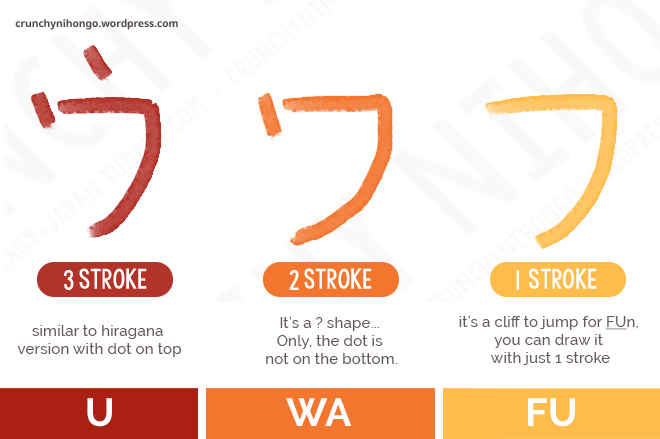
ク, タ and ヌ
This set is trickier but the mnemonics within this guide makes you able to distinguish them easier.
The
While the

シ, ツ, ソ and ン
SHI, TSU, SO and N are the nightmare of Katakana. They look very similar to each other and the difference is quite subtle. But using this little trick below you and some practice, should be able to master them easily~
MNEMONICS
Before we differentiate using the subtle details, you need to know that
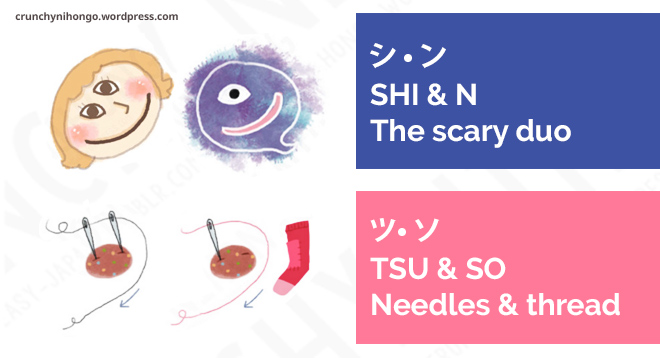
THE LONG STROKES
Now onto the subtle details. First we would like to take a detailed look on the long strokes, because it’s the most noticable details you can review using this blog’s katakana font.
シ • ン
In
ツ • ソ
In
THE SHORT TRIPES
It cannot be seen easily in this blog’s font, but
The image below will help to clear up the above’s explanations.
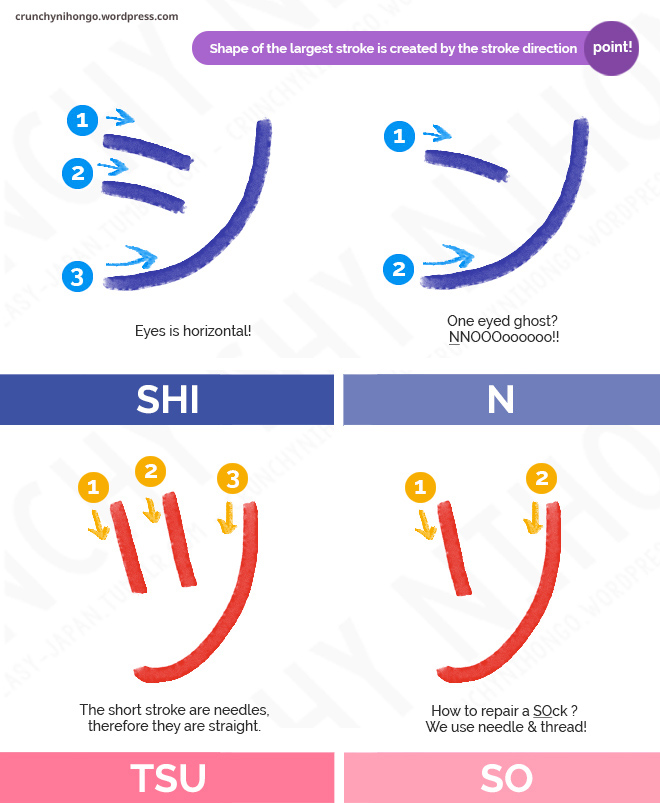
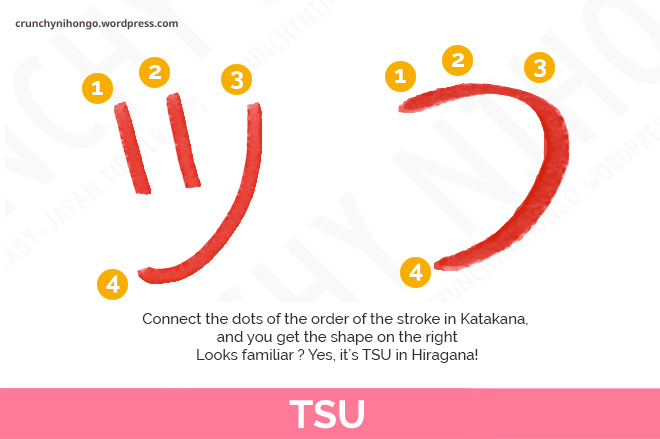
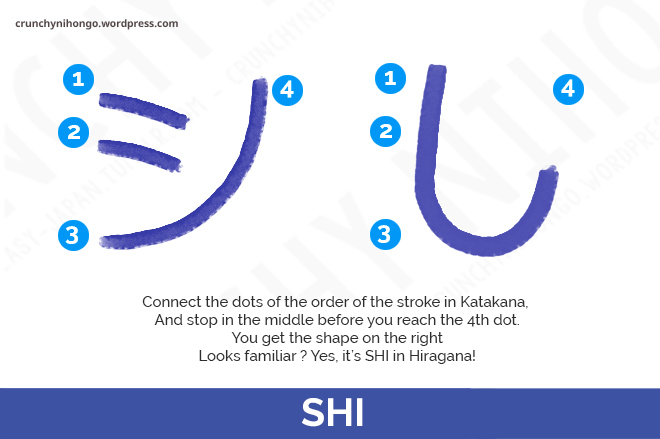
No more nightmare for
What’s next?
Make sure you have a good foundation on this first part before moving on to the next part 🙂 If you think you’re ready, then lets go!

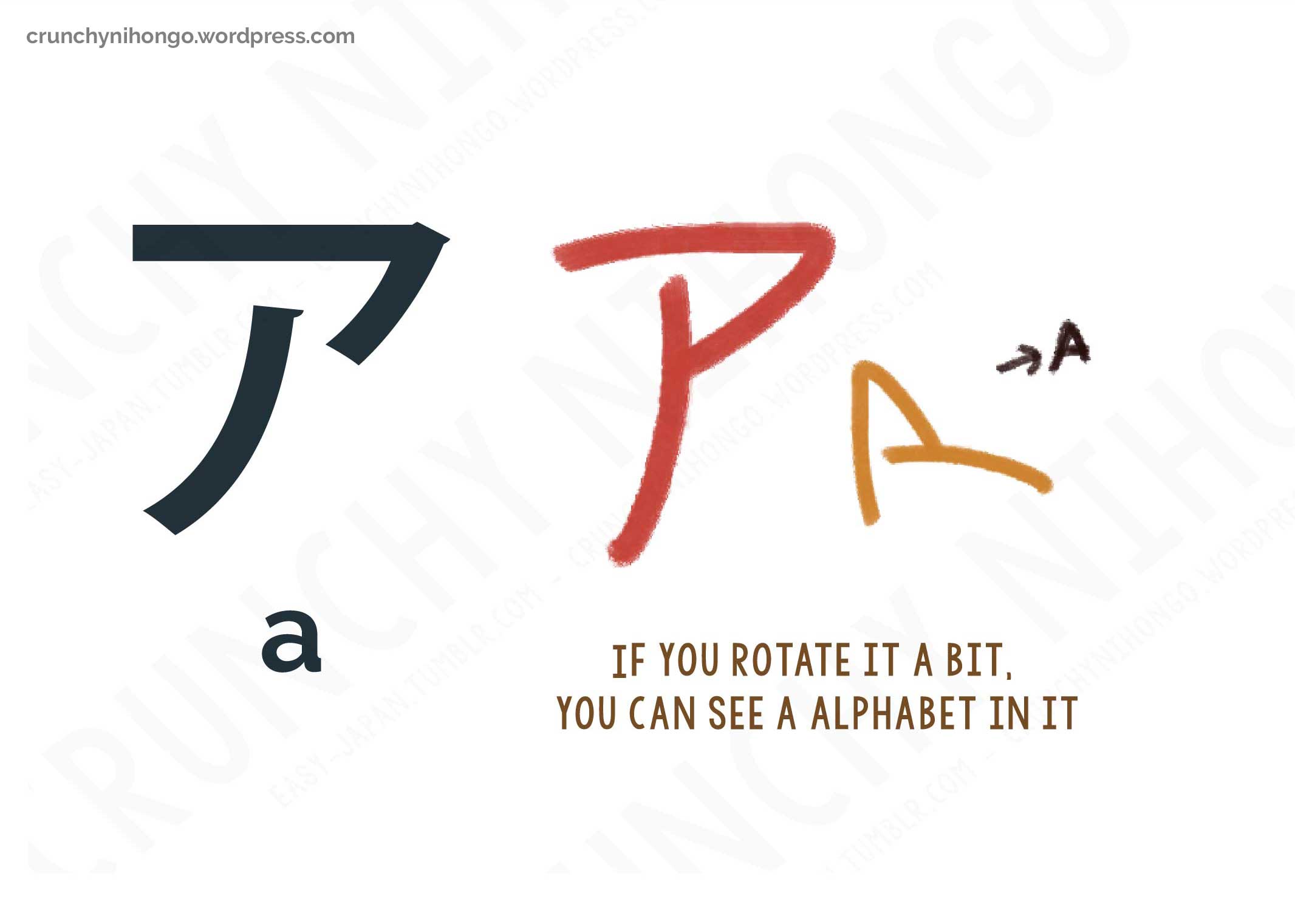

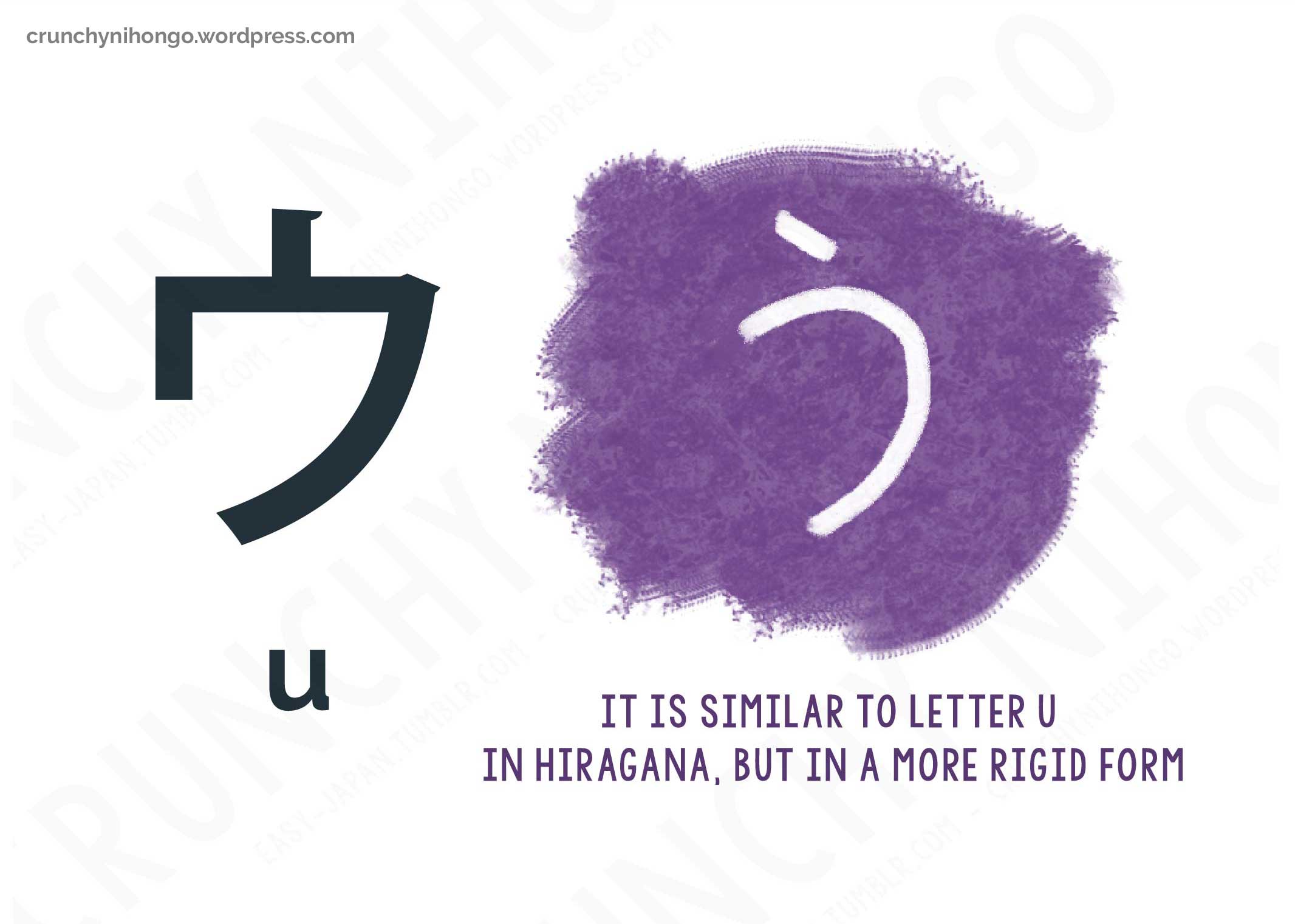
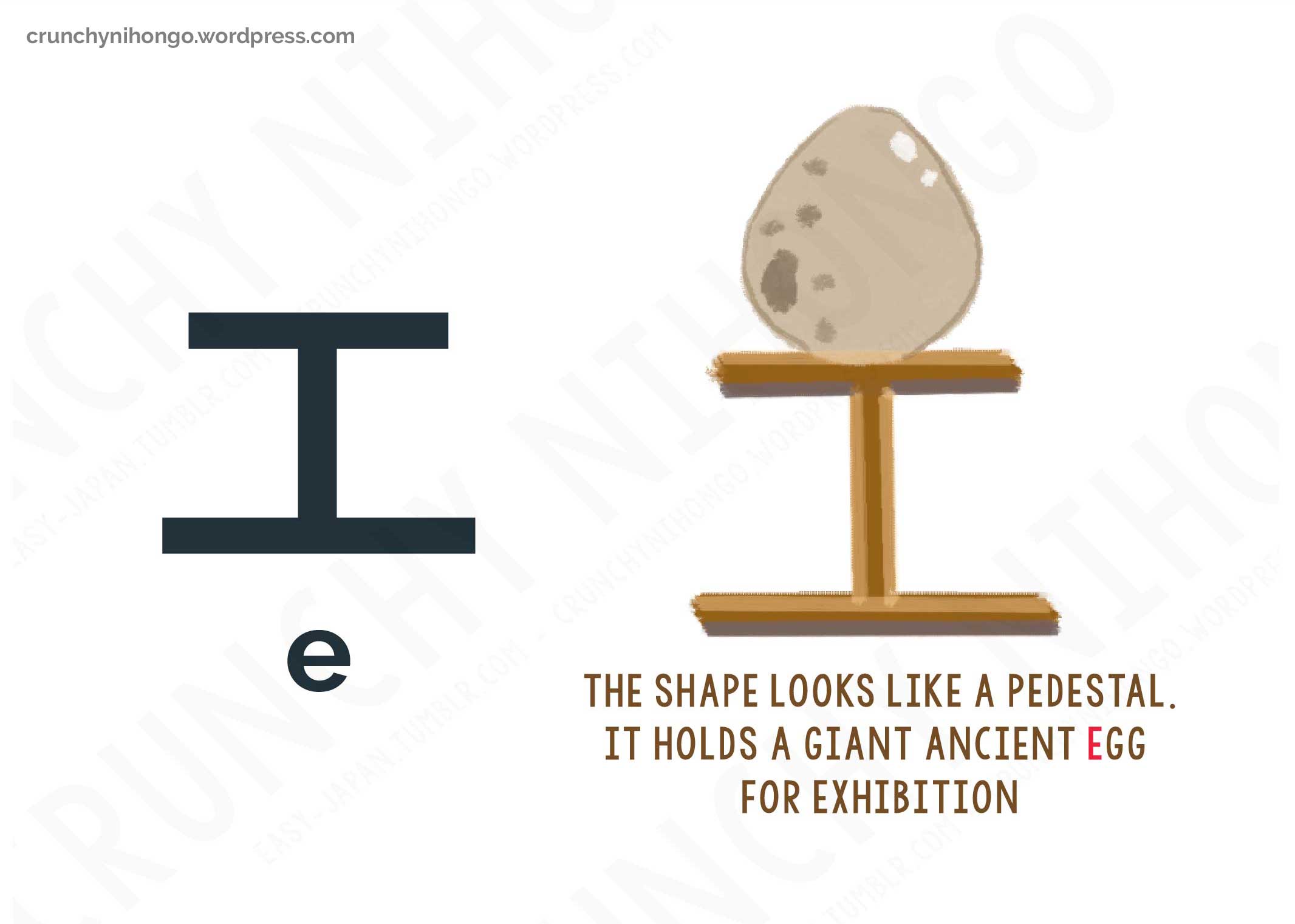

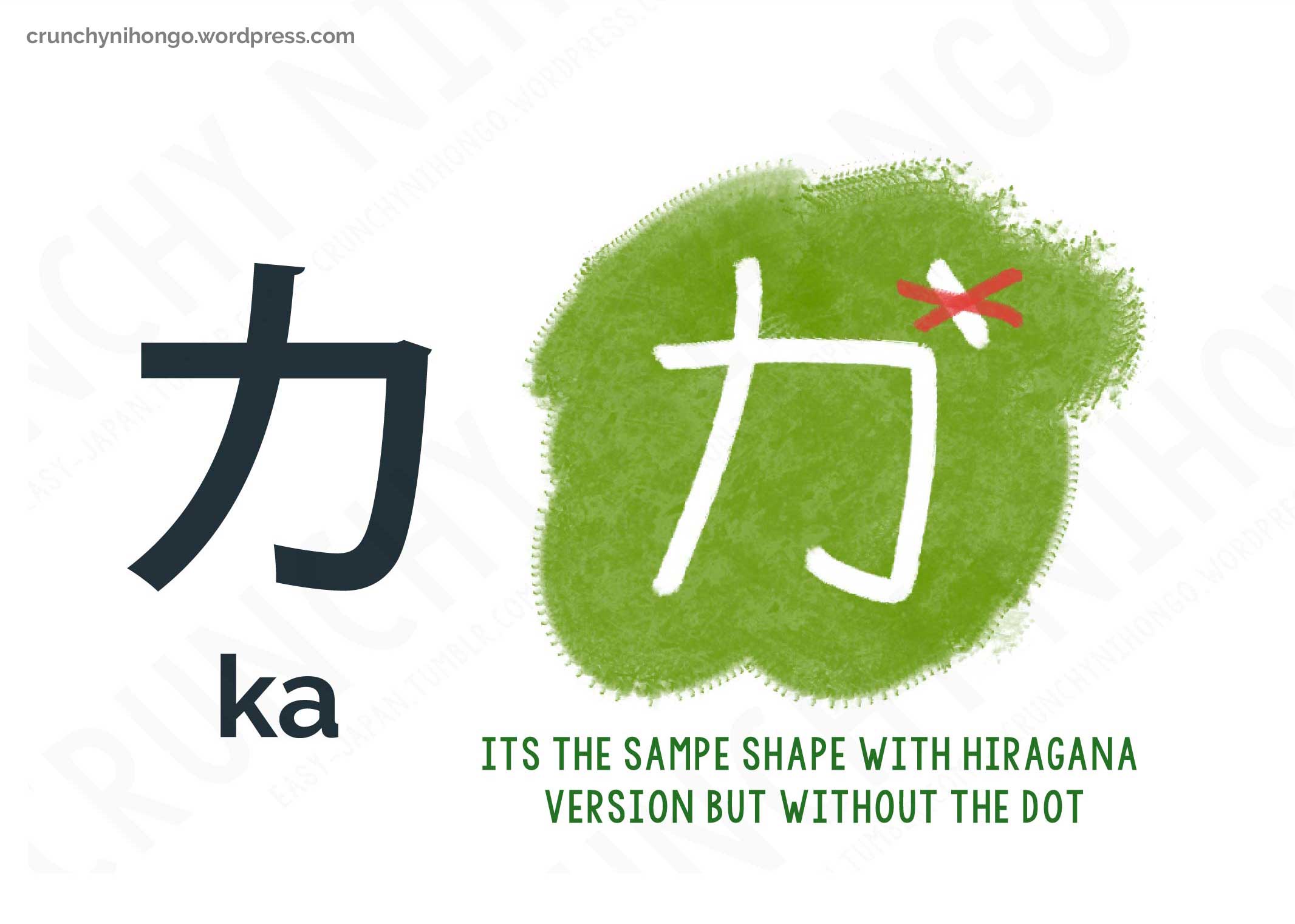
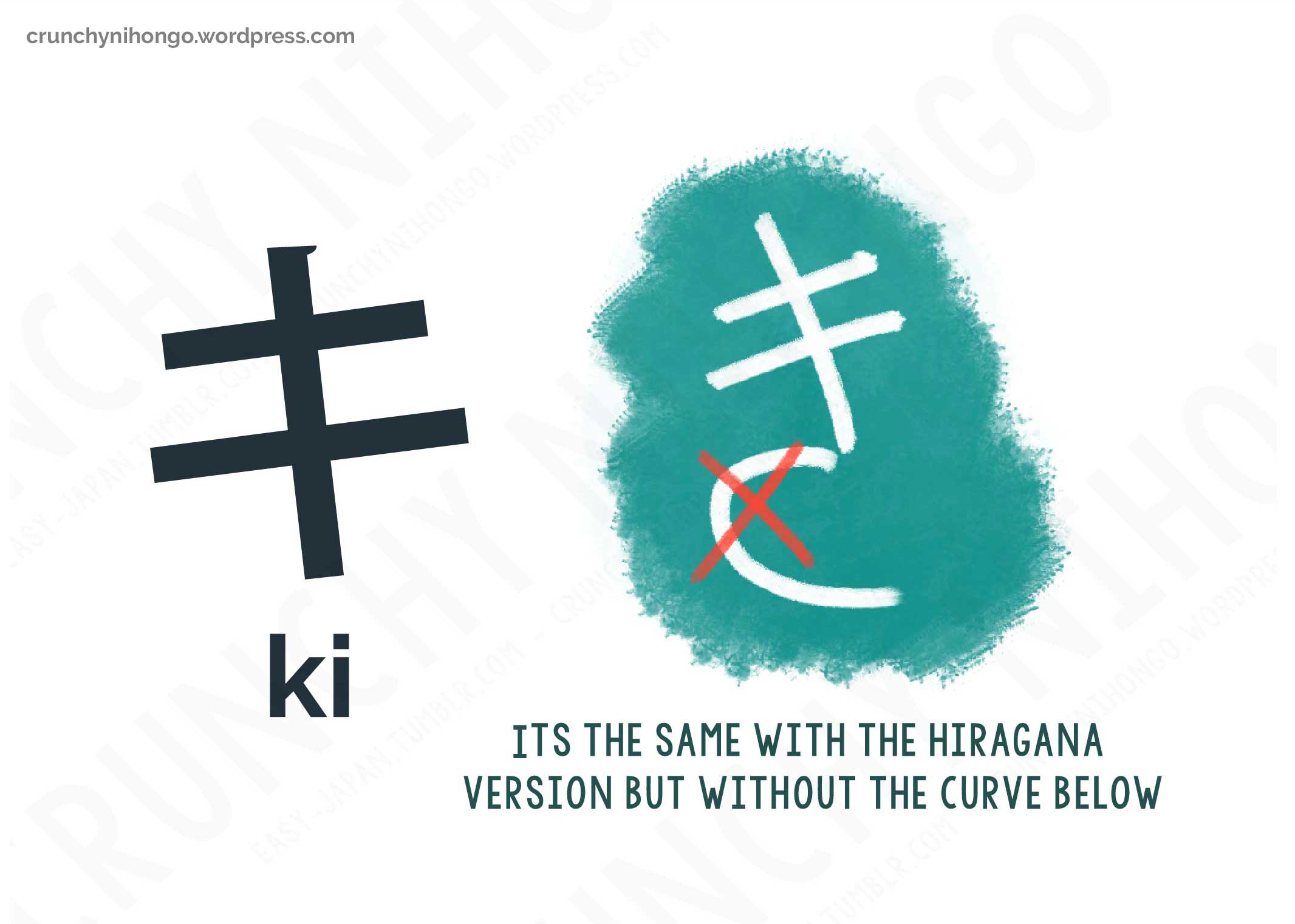
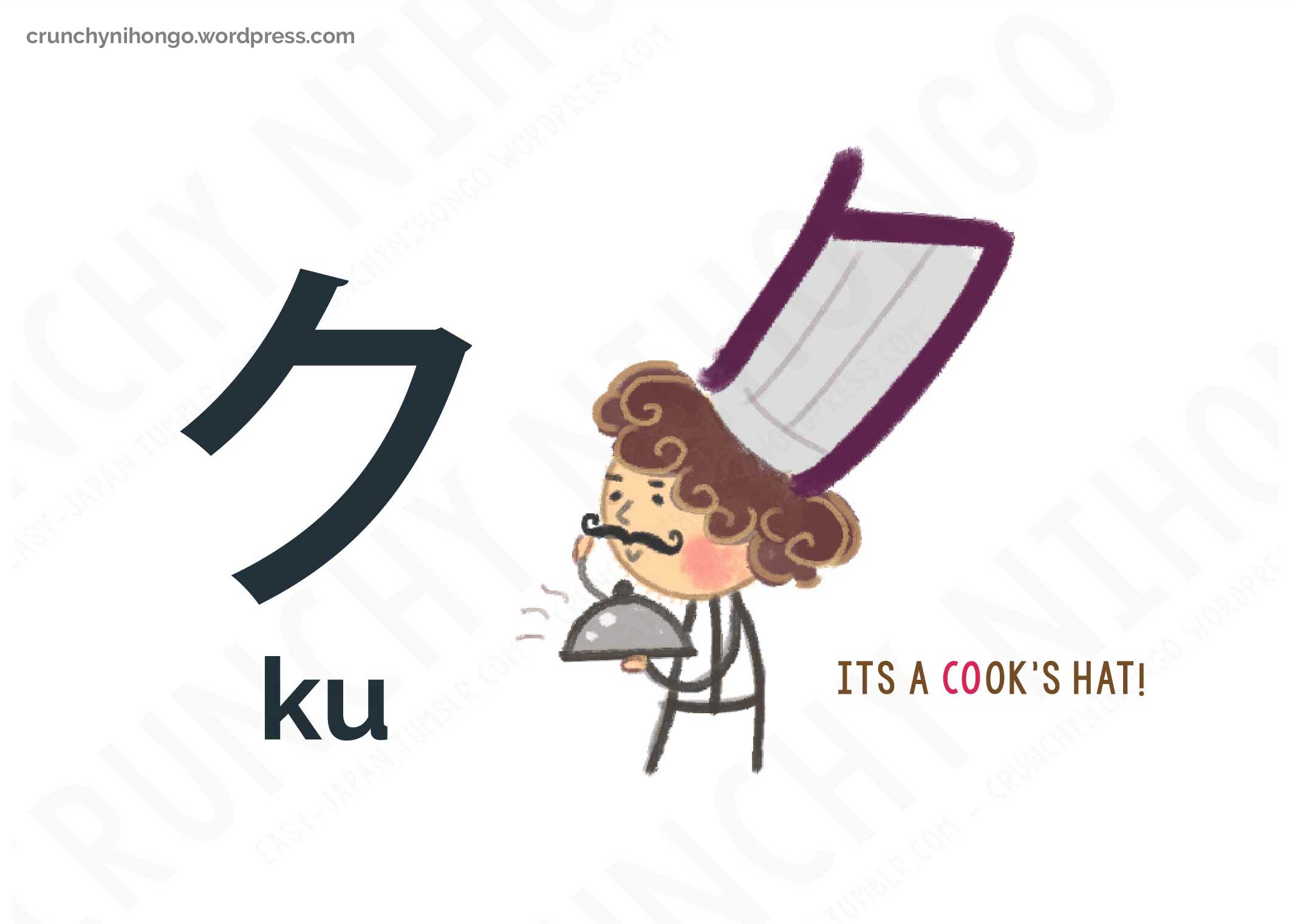
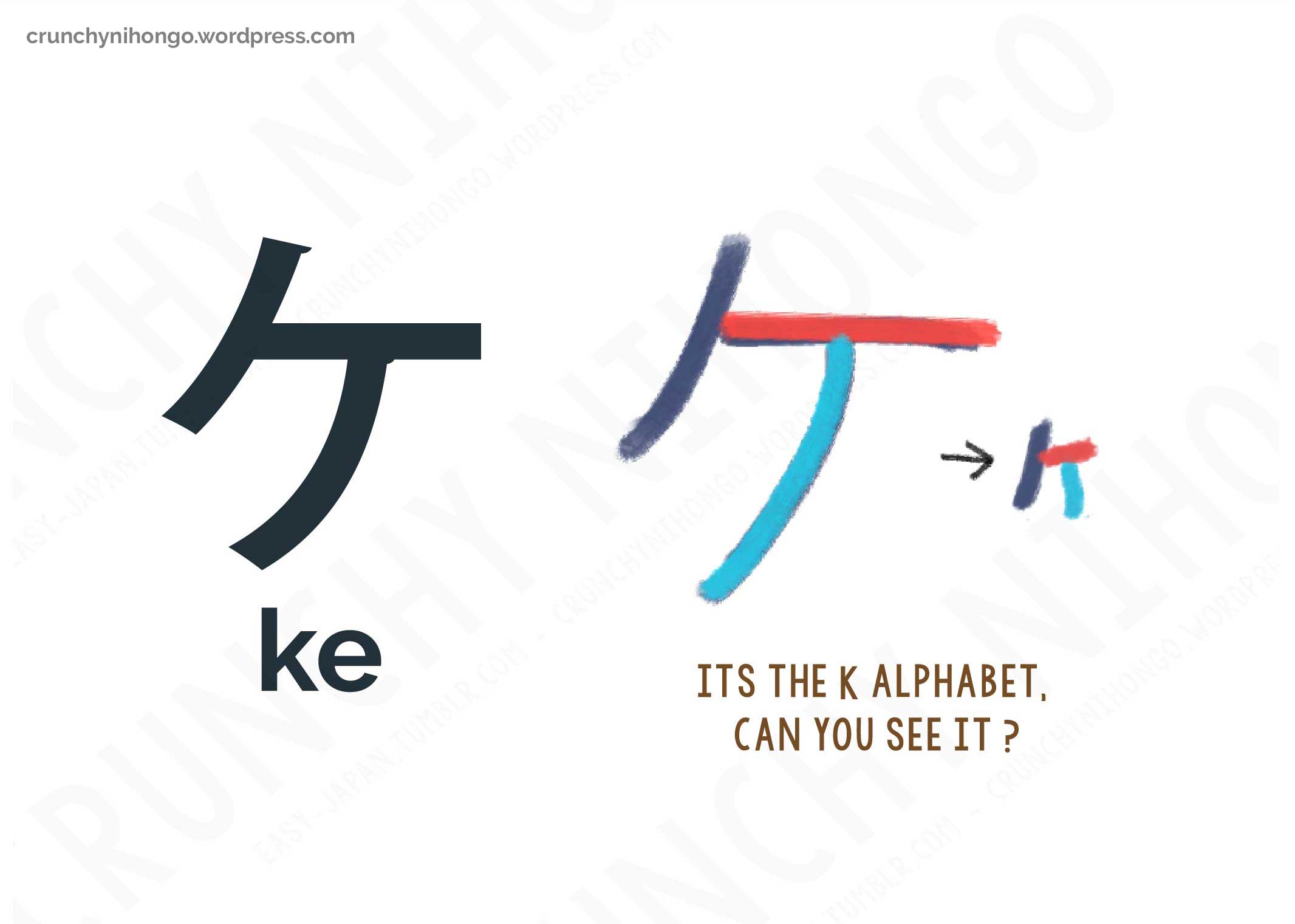

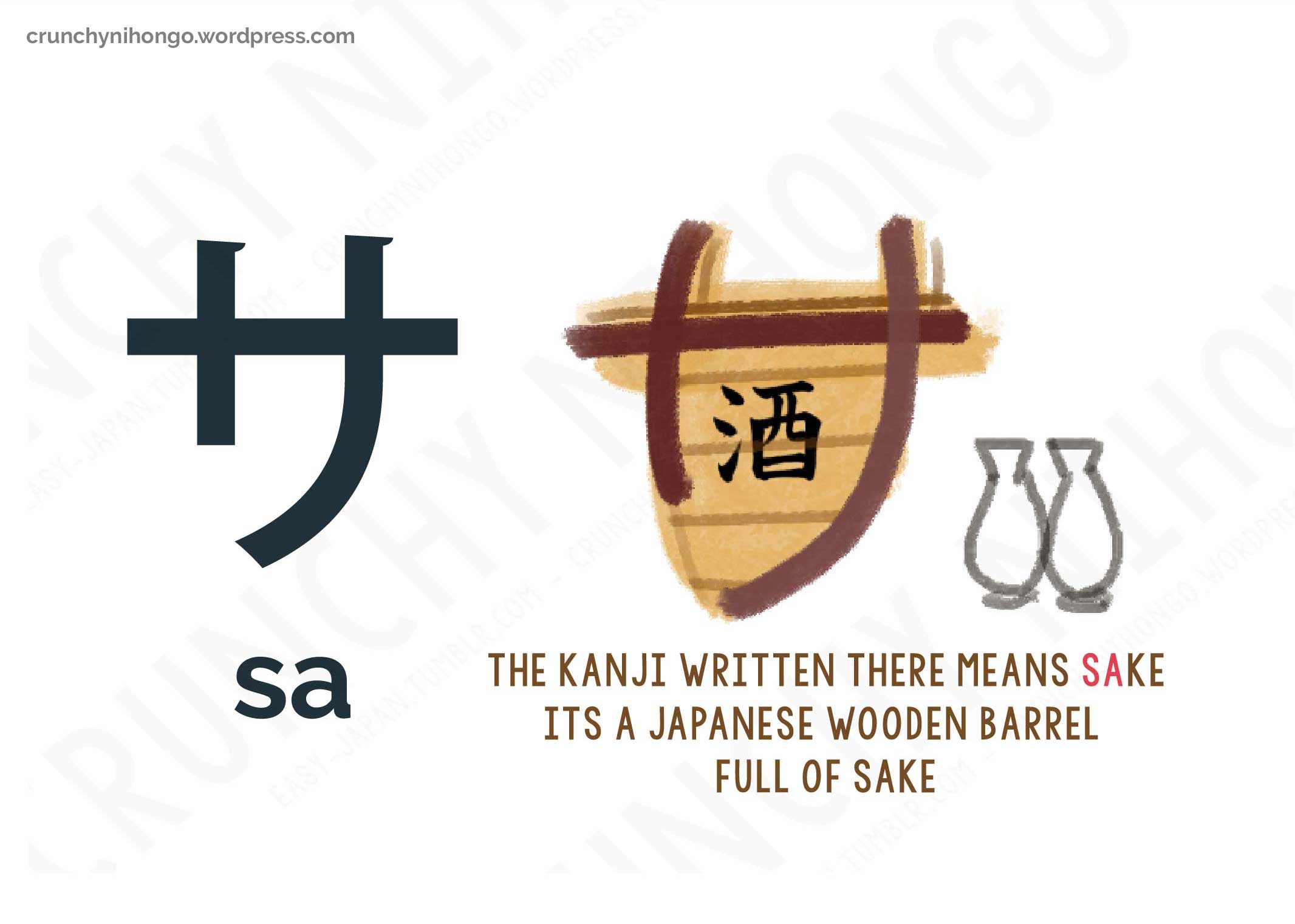
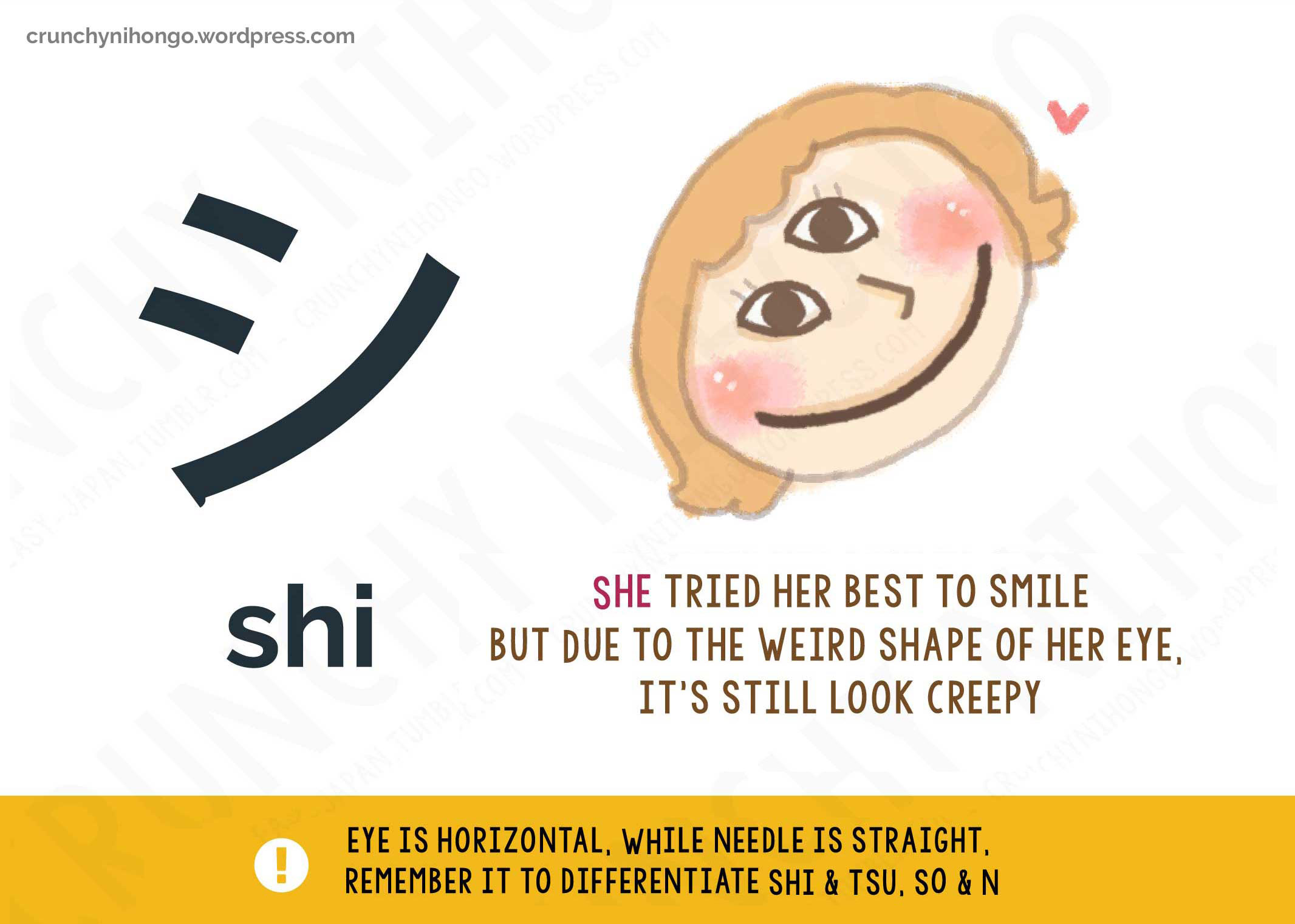
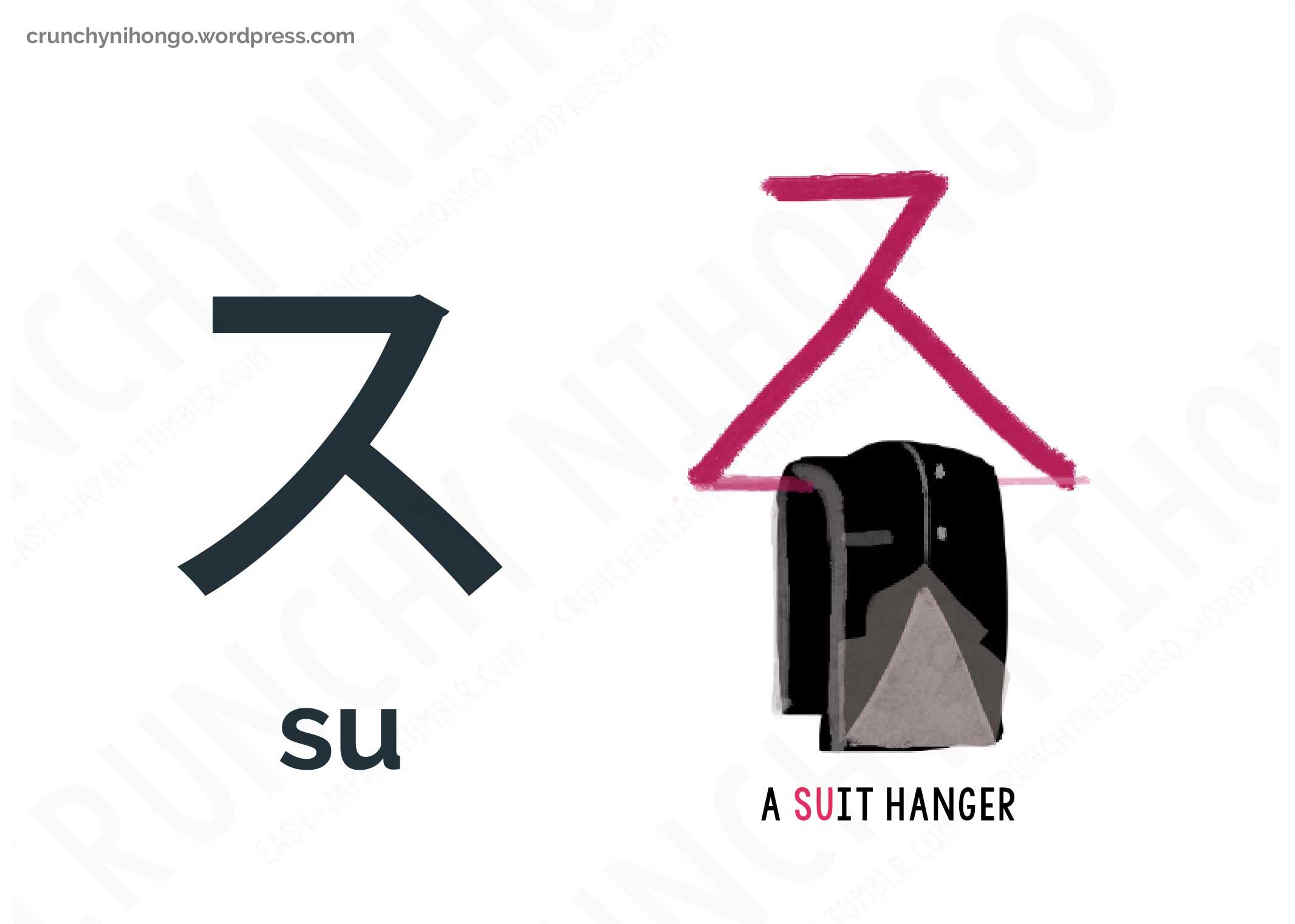
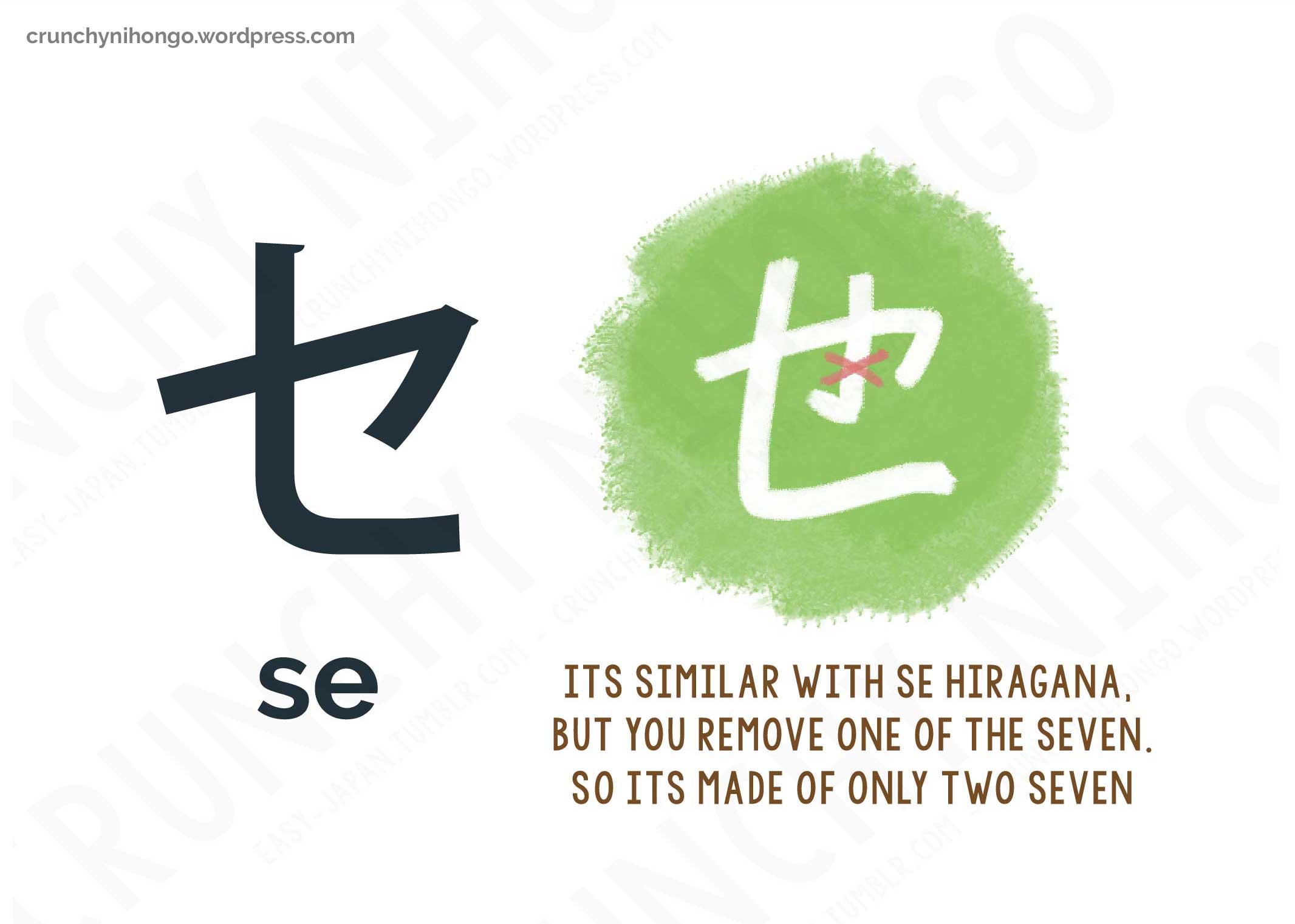
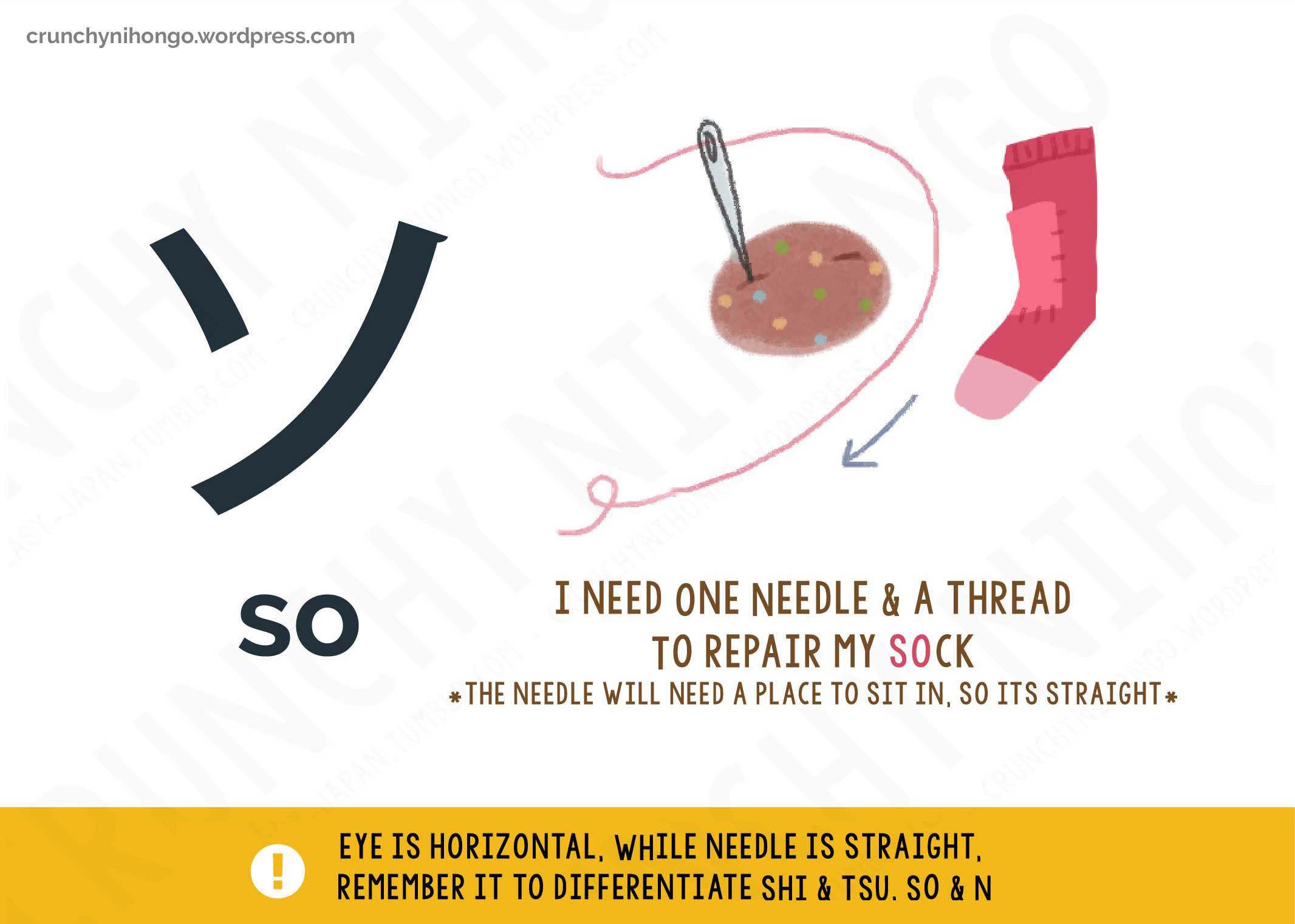
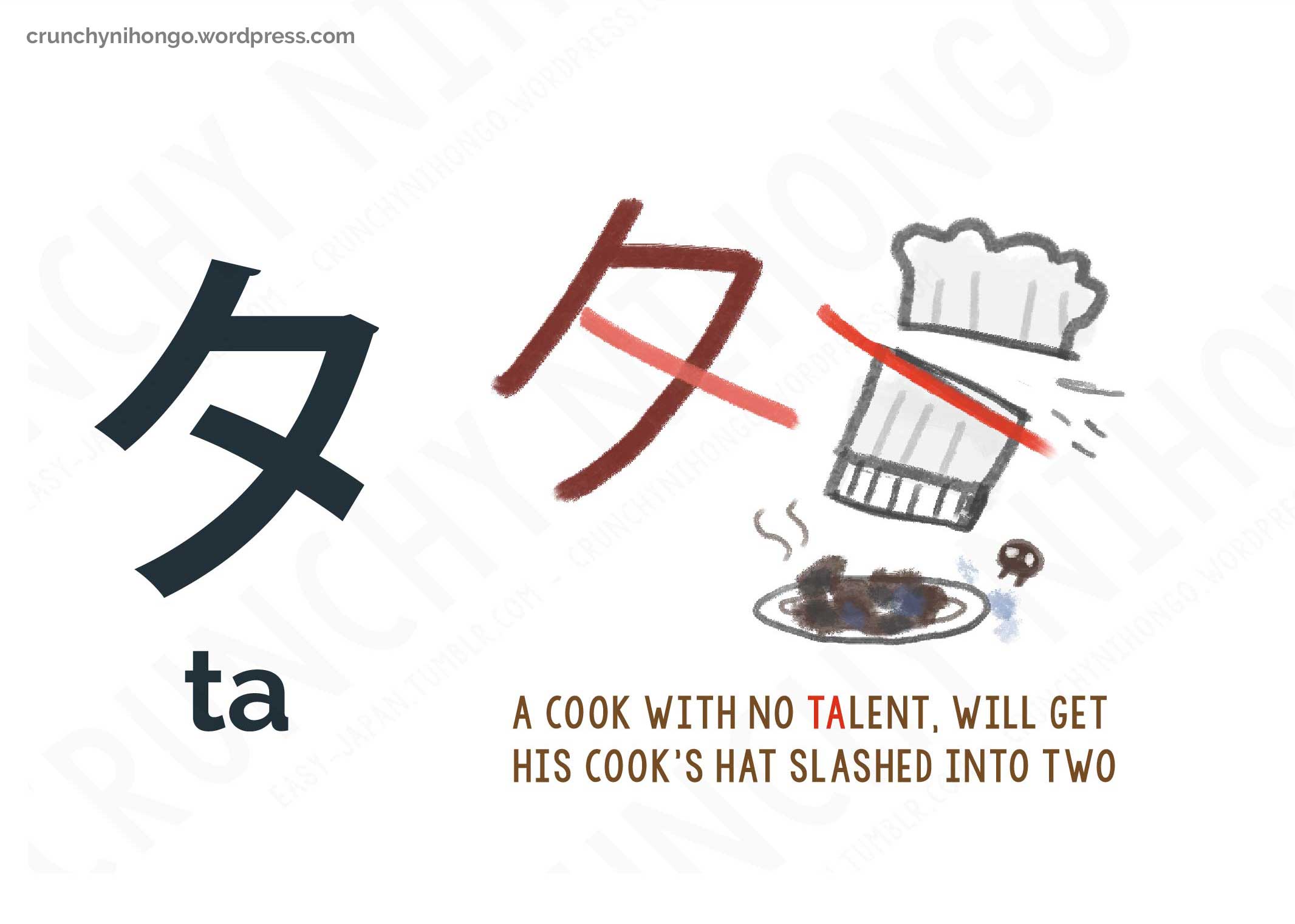
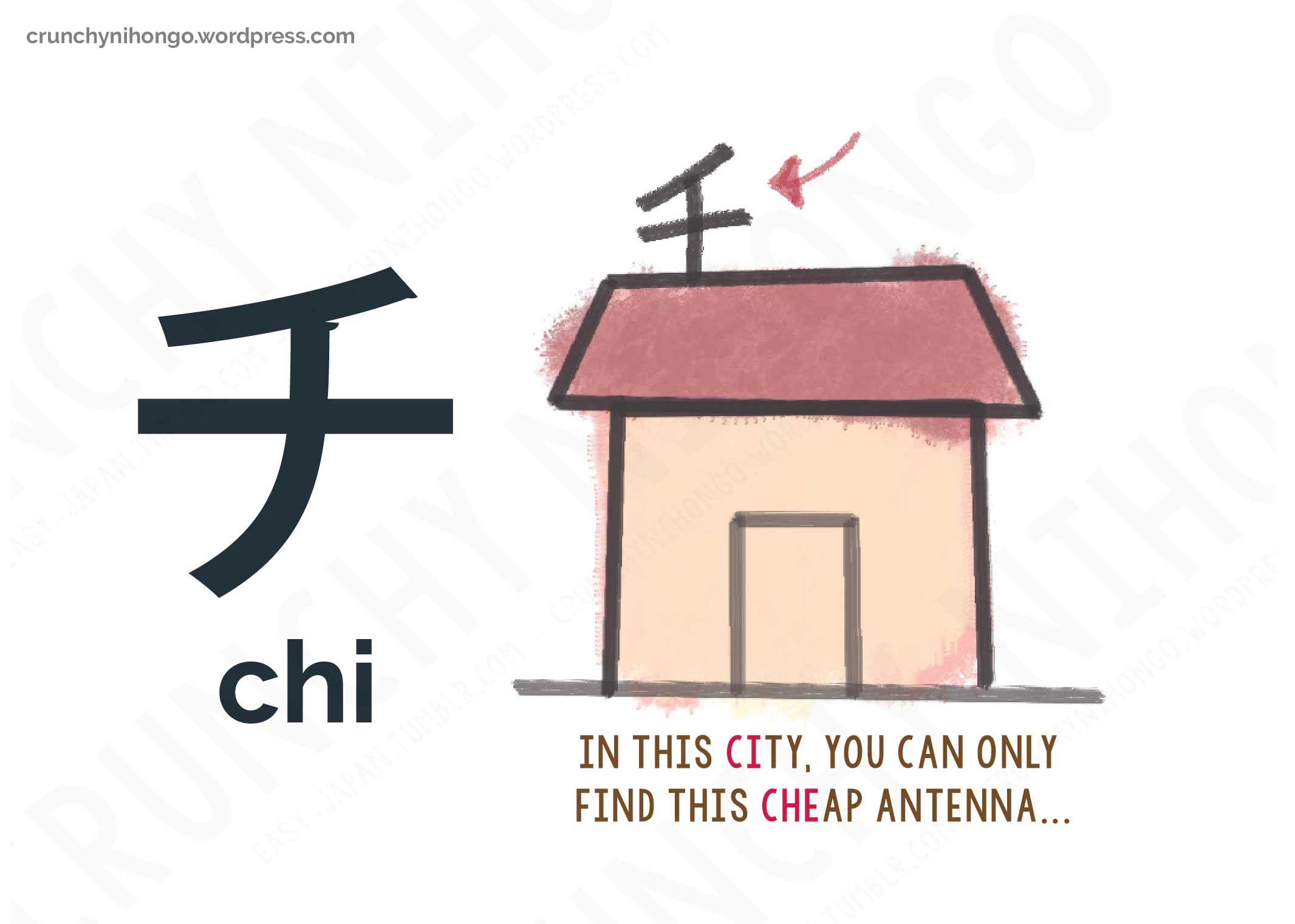


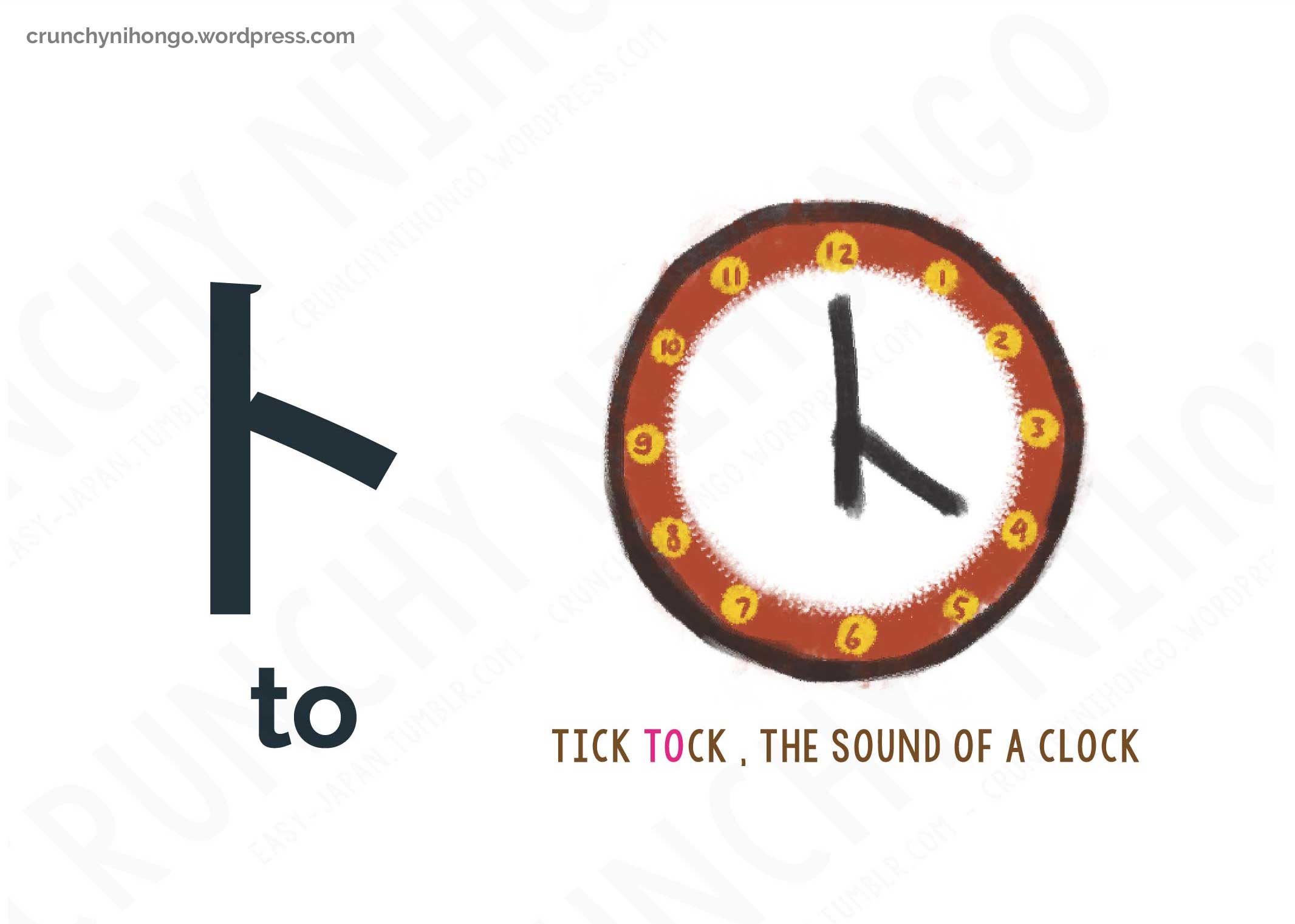
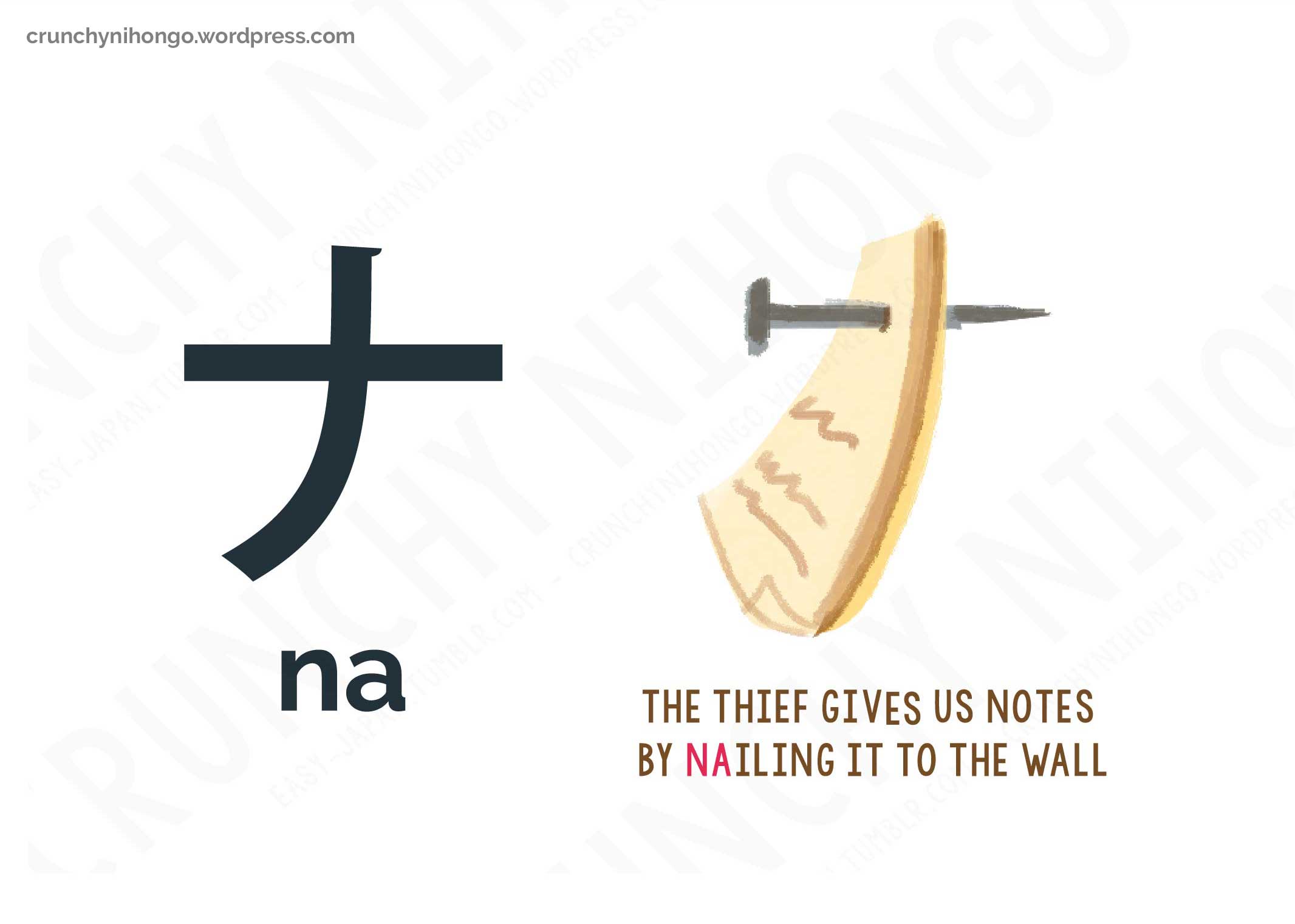
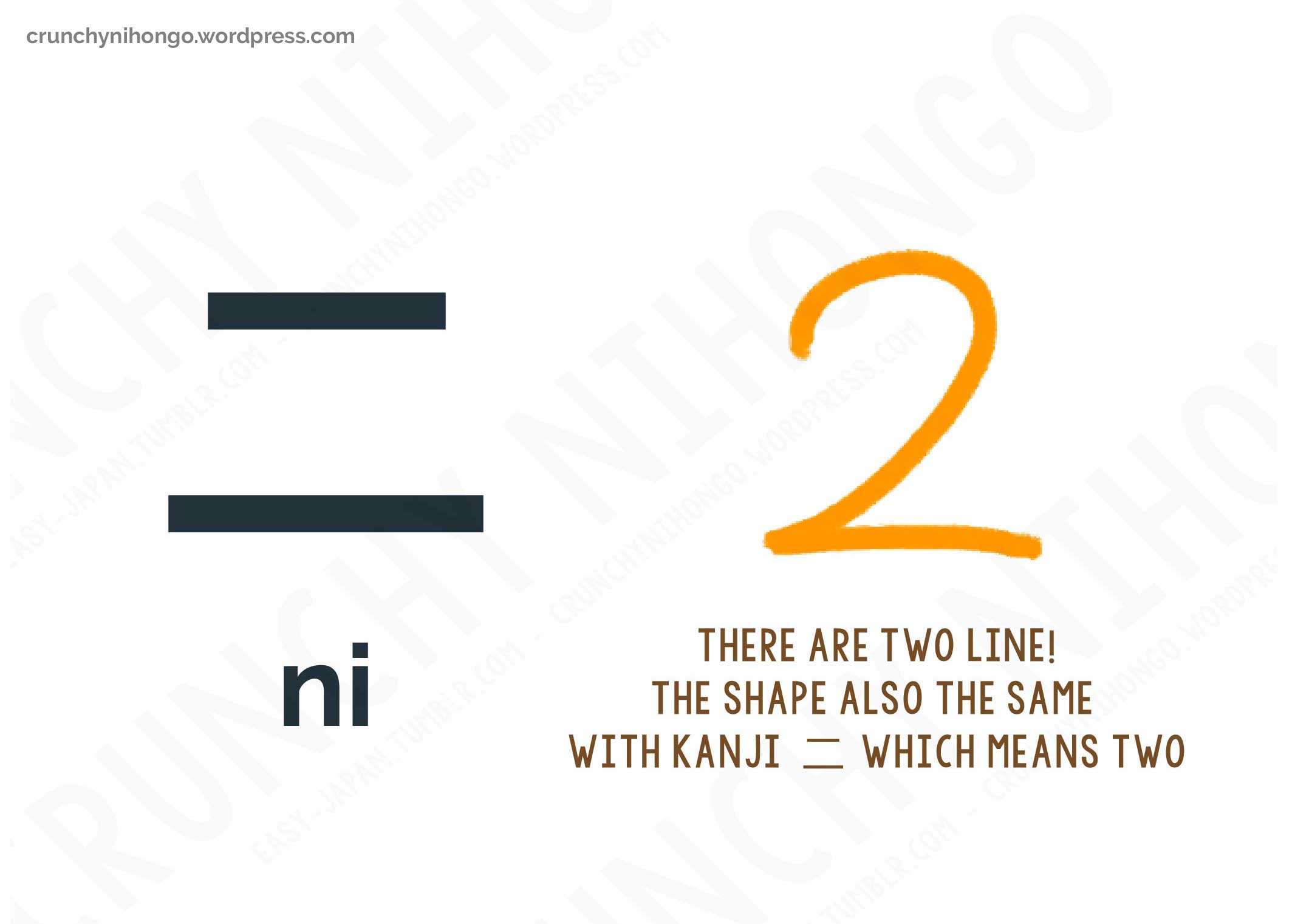
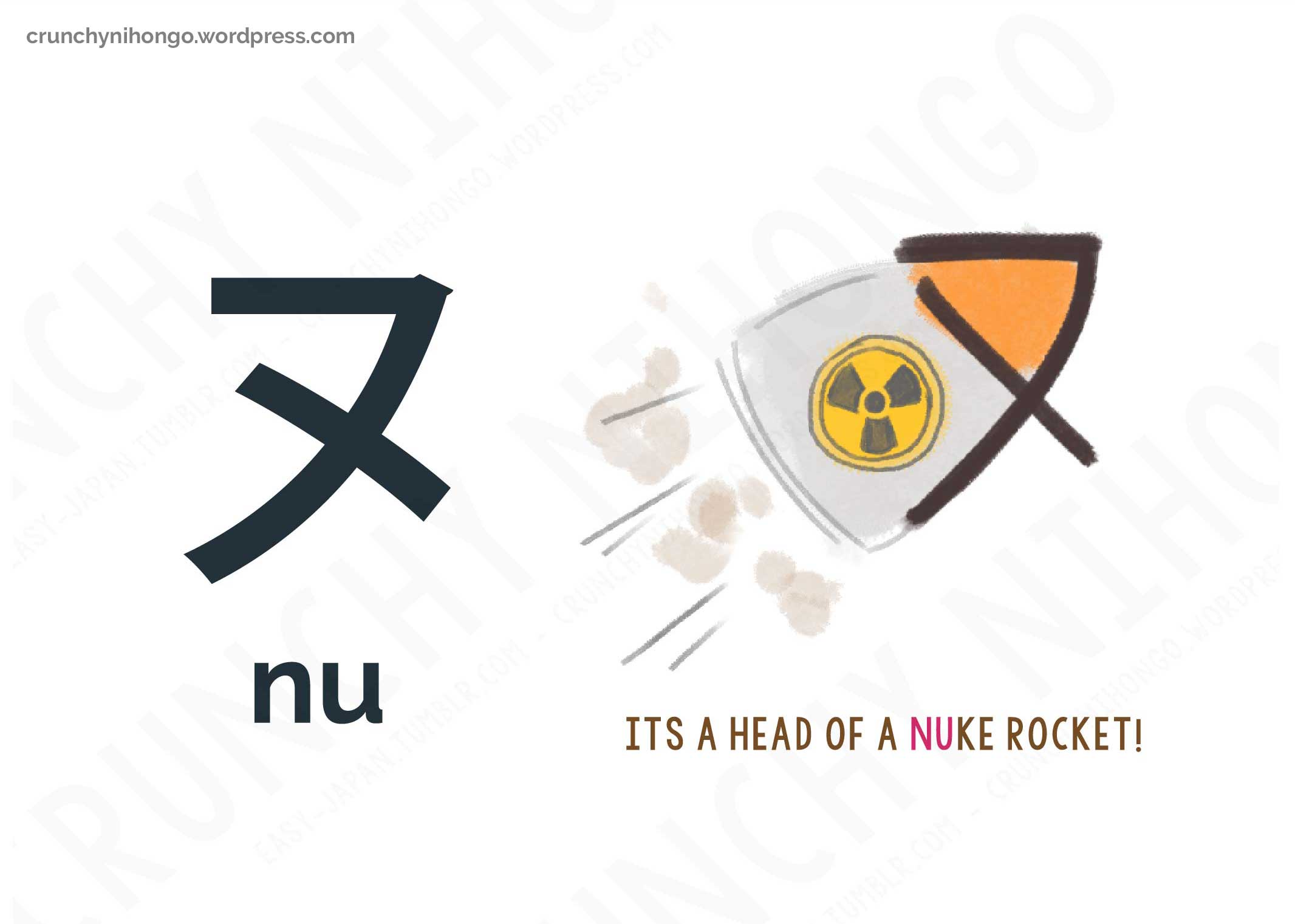
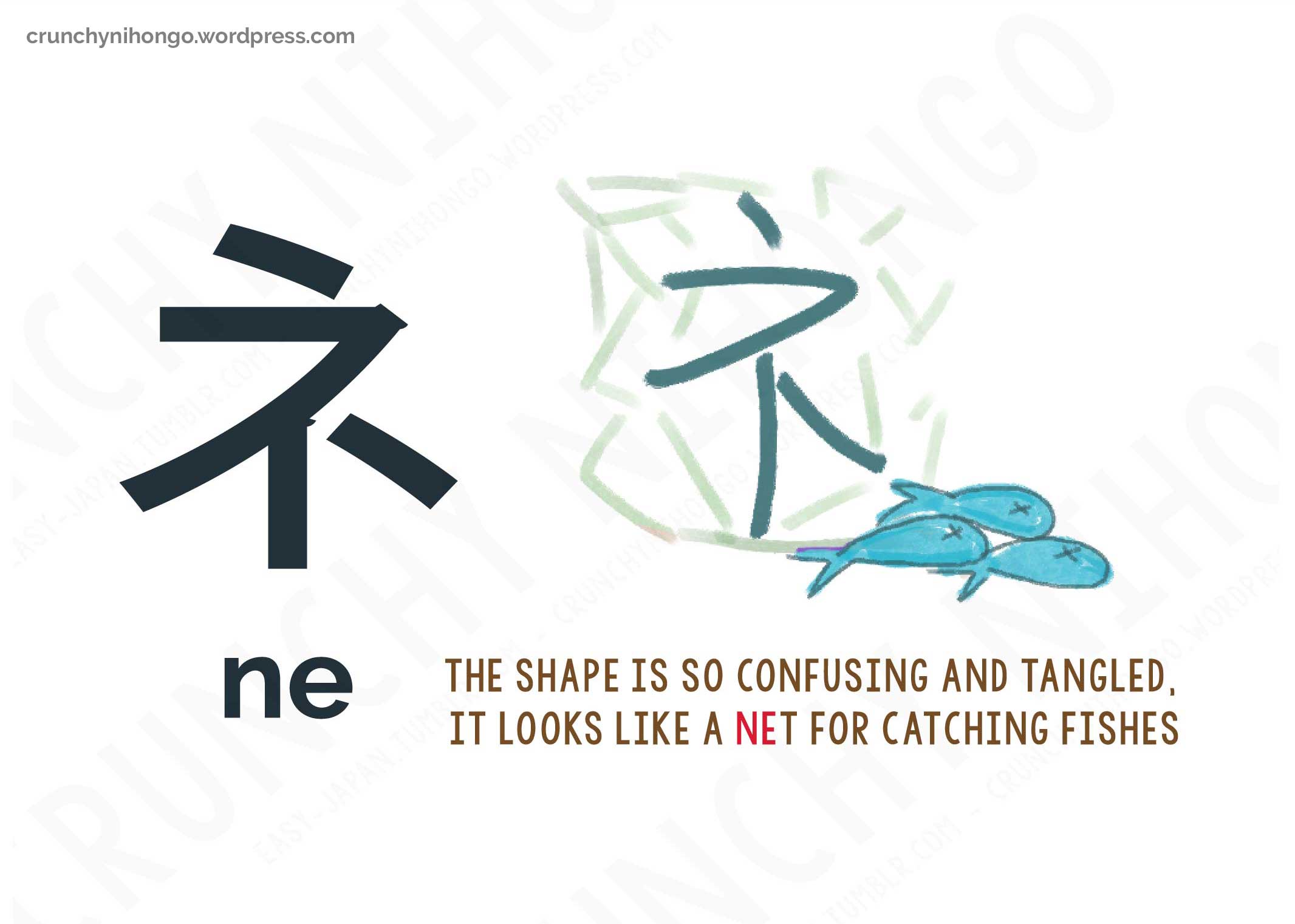


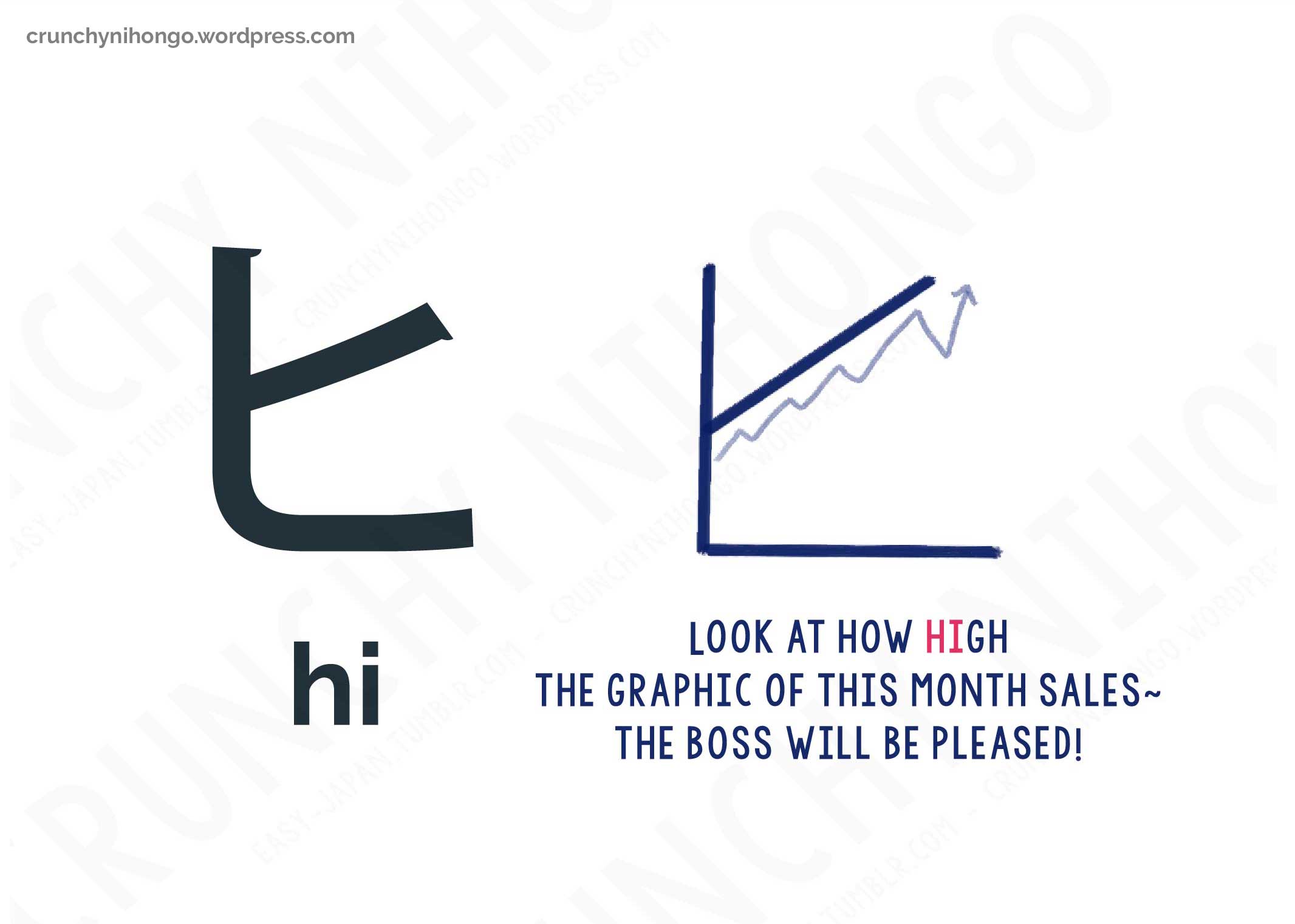
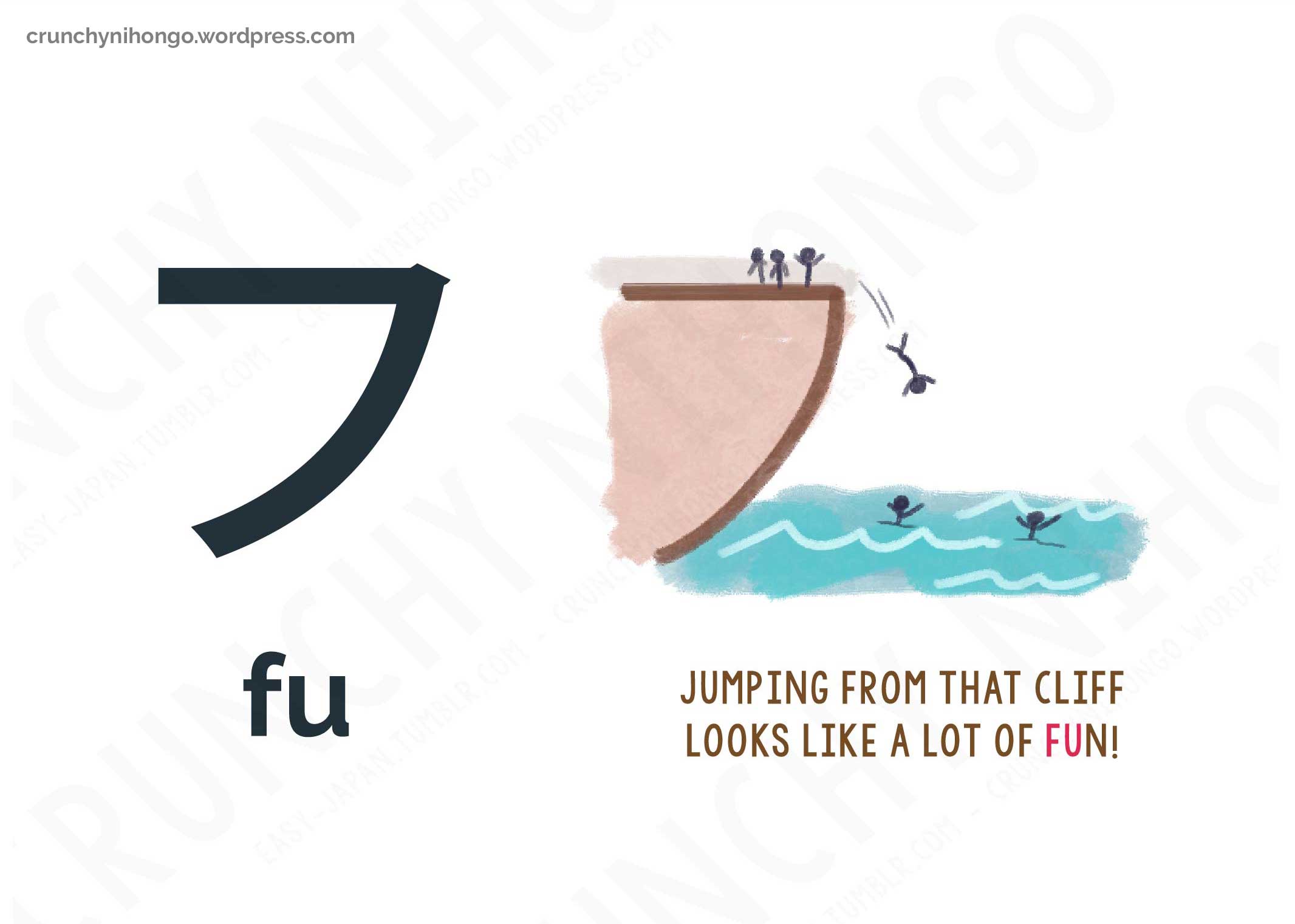



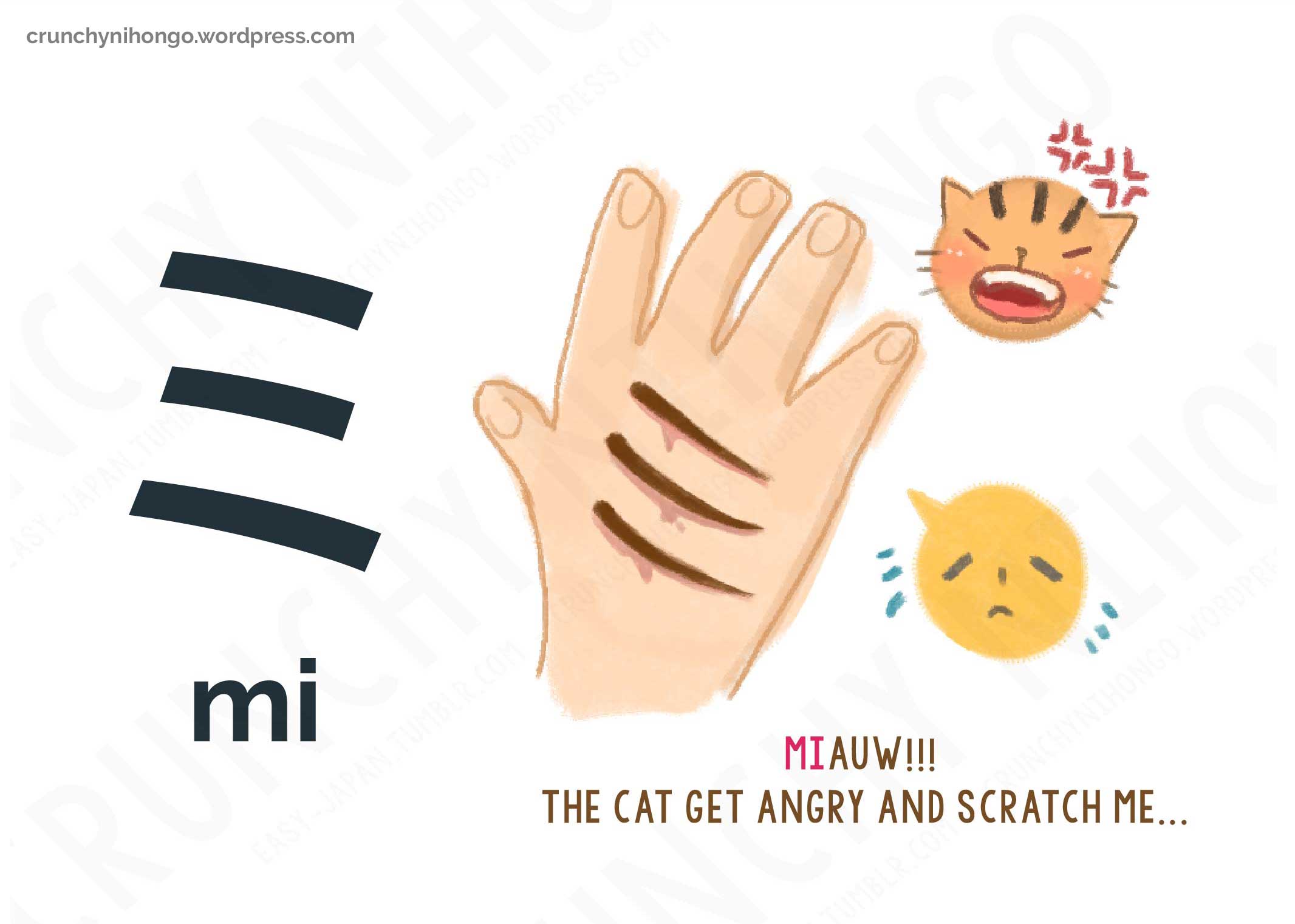
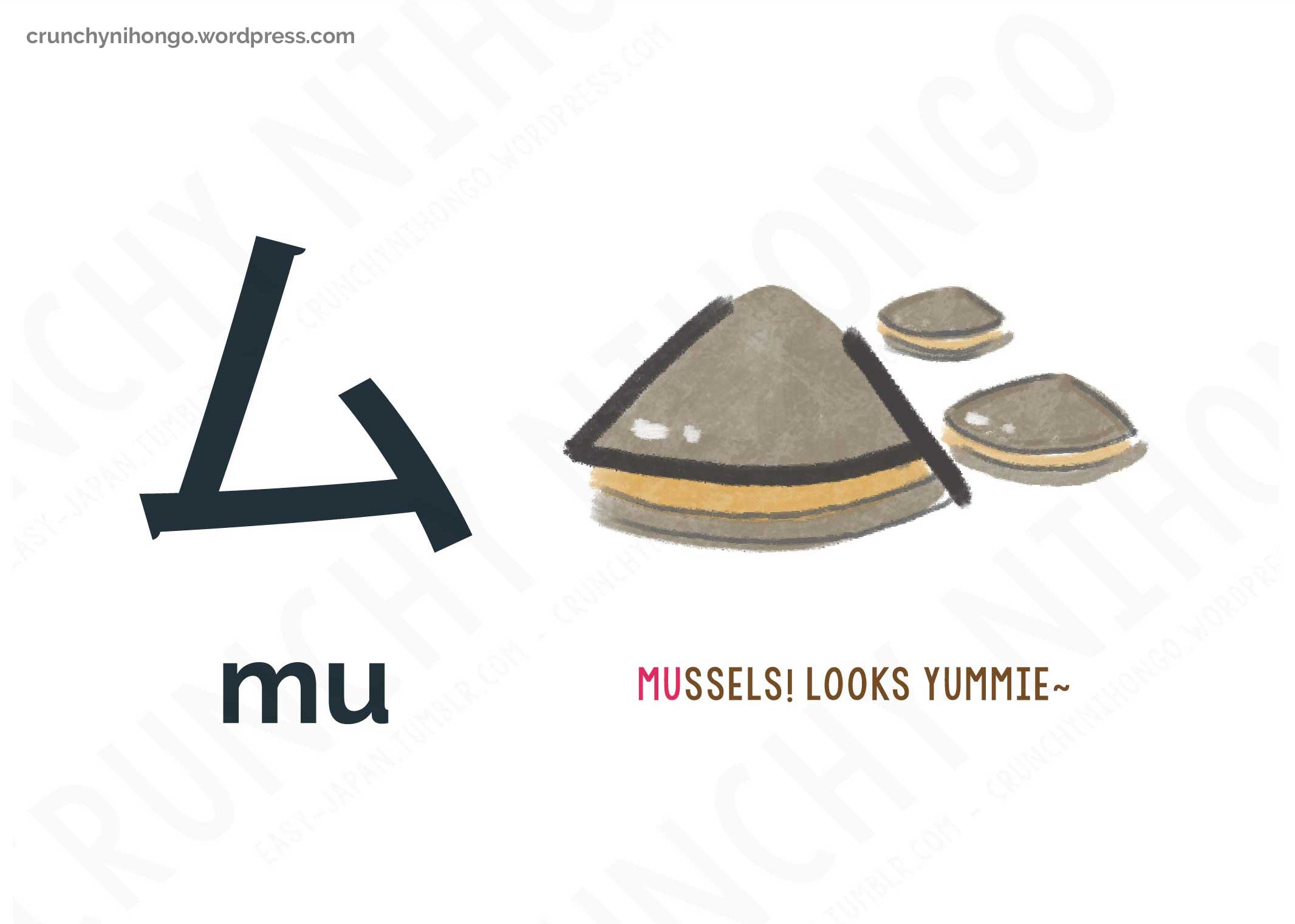



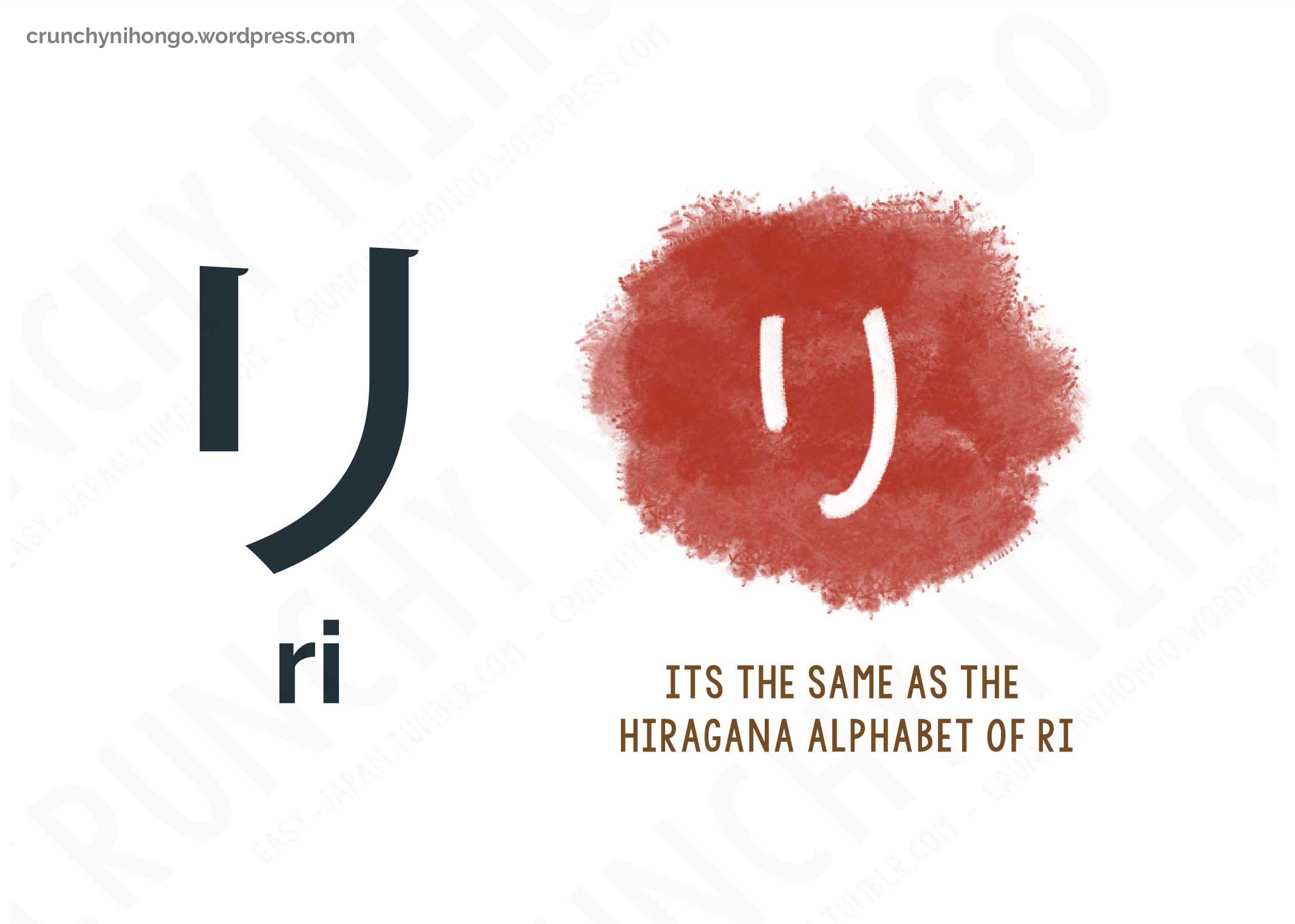



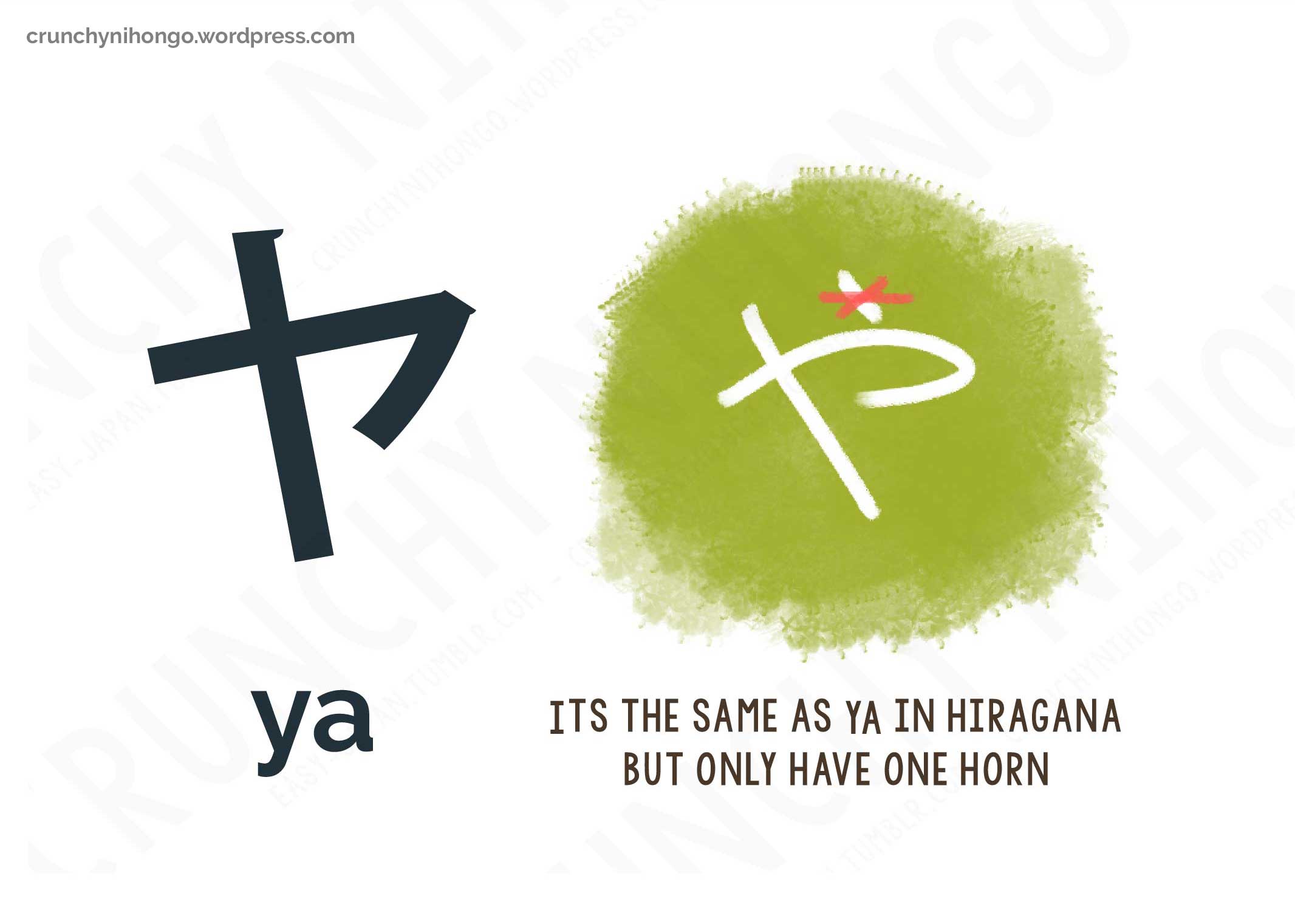
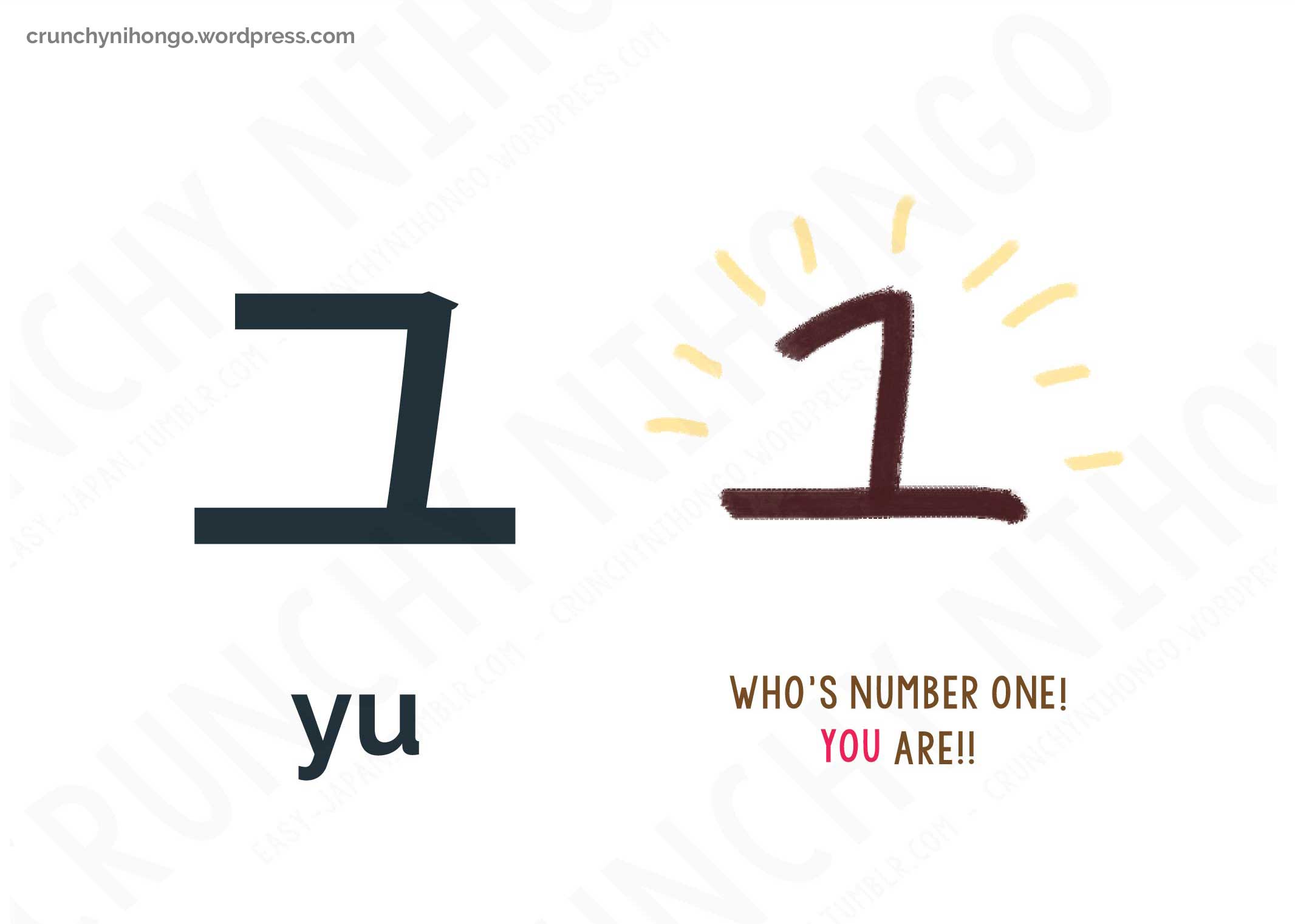


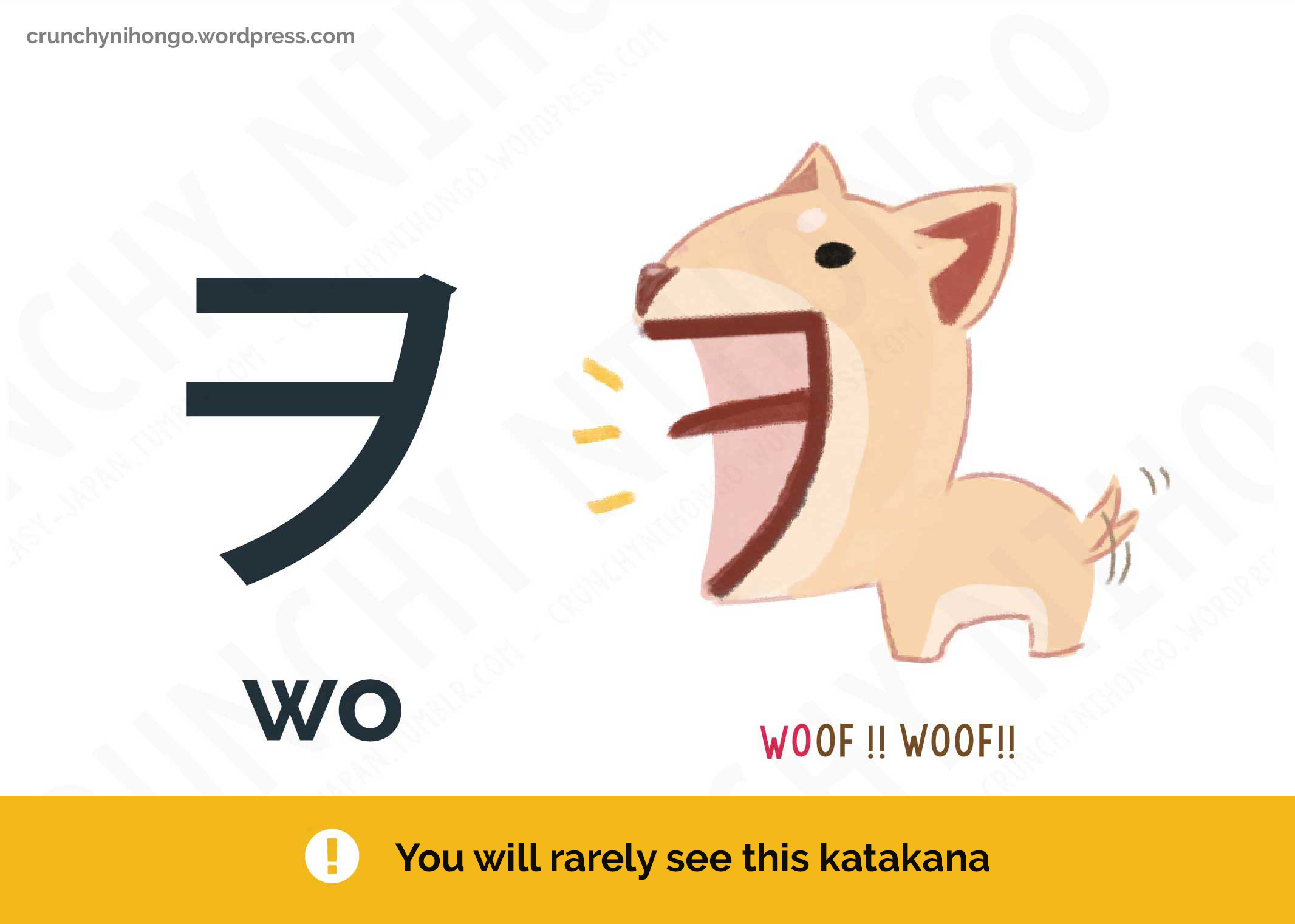
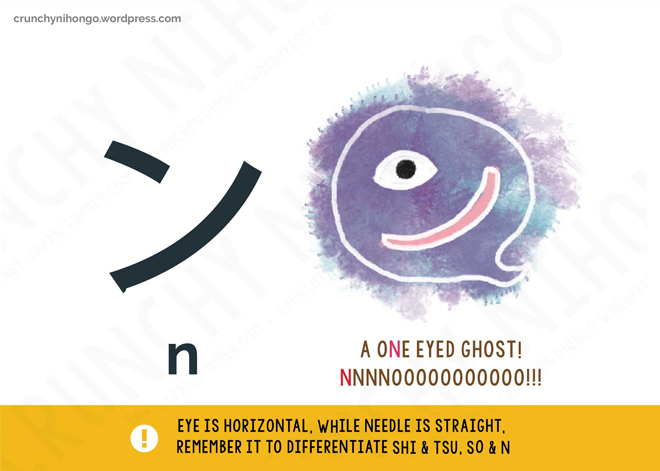
One comment